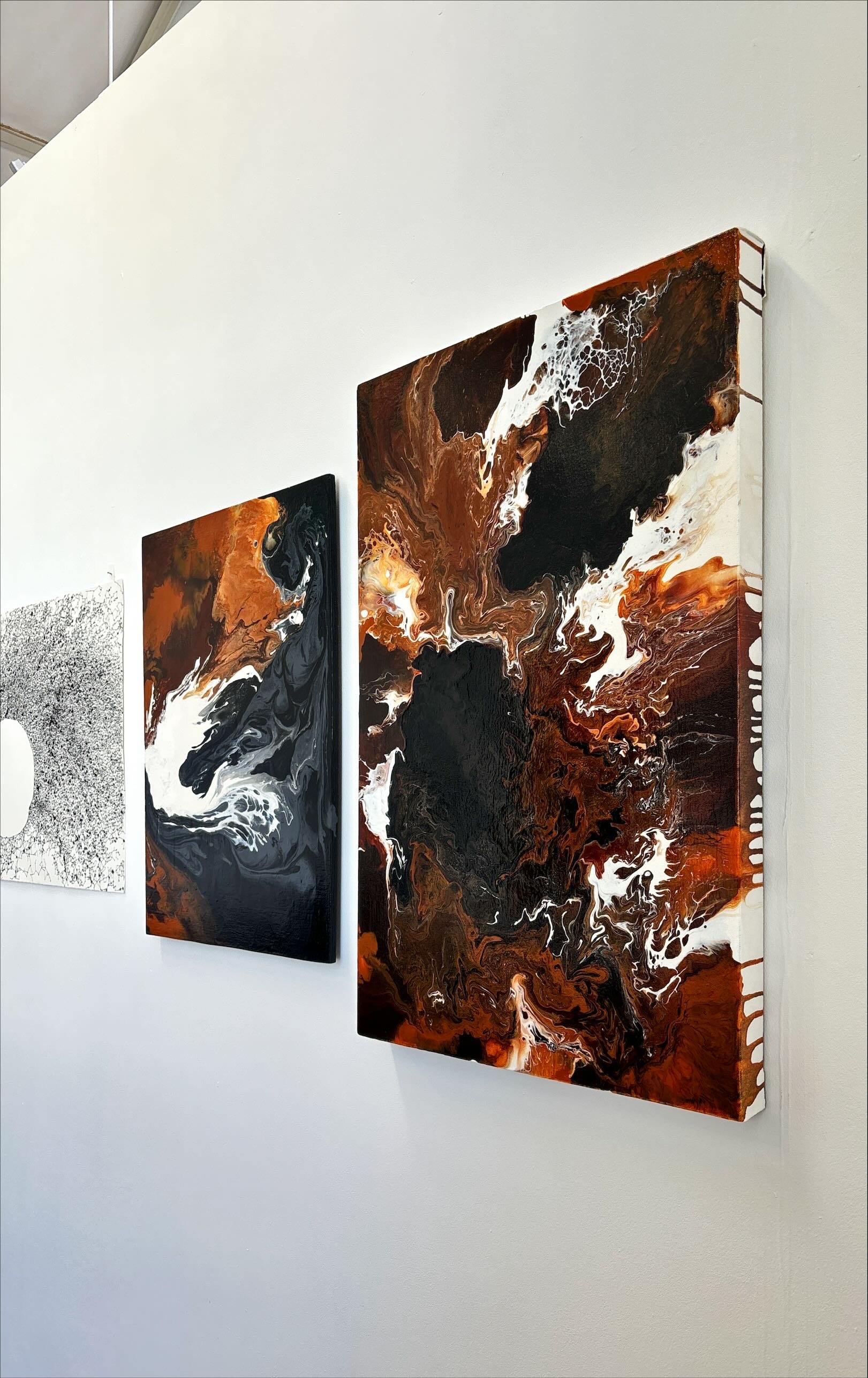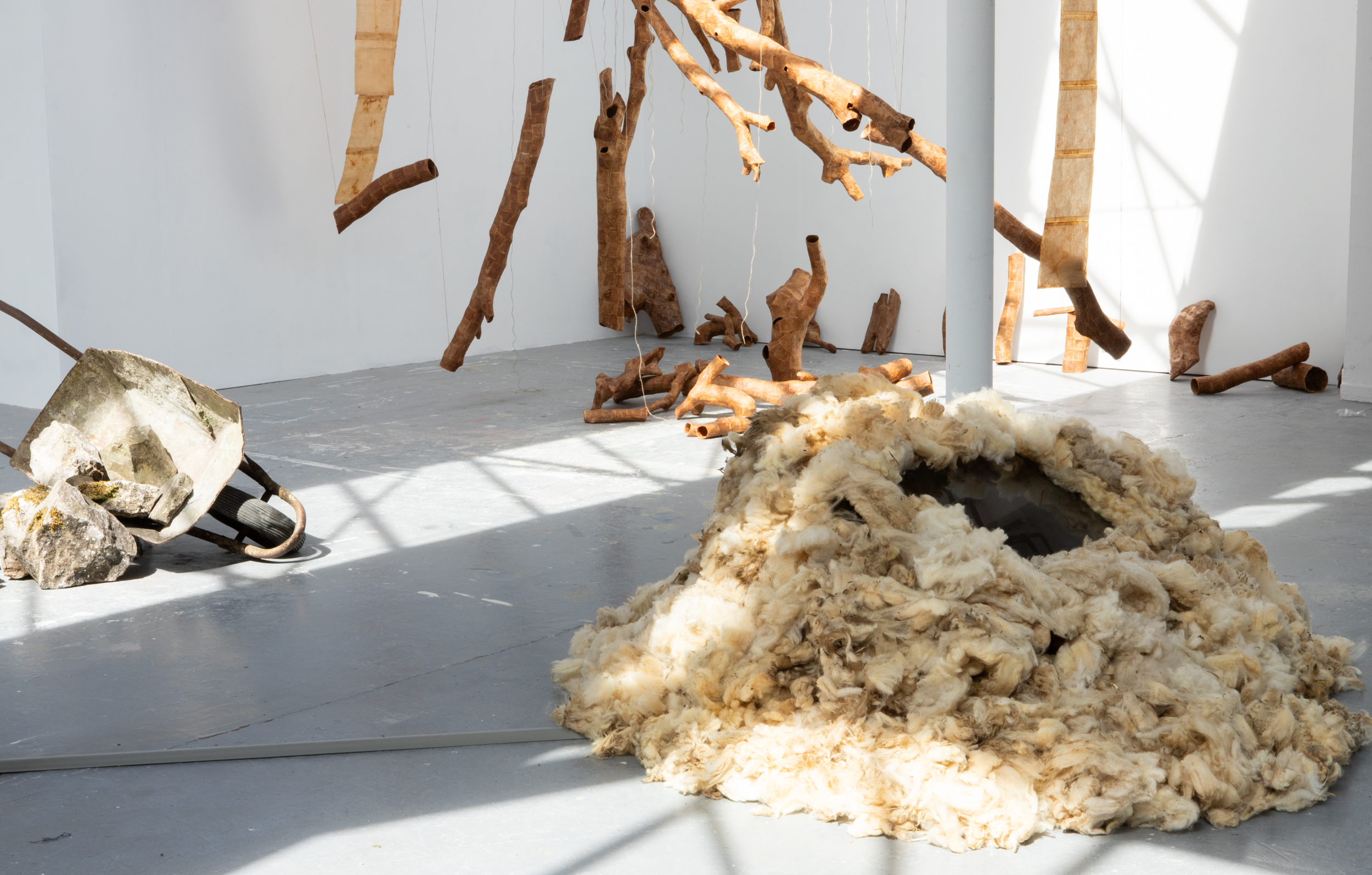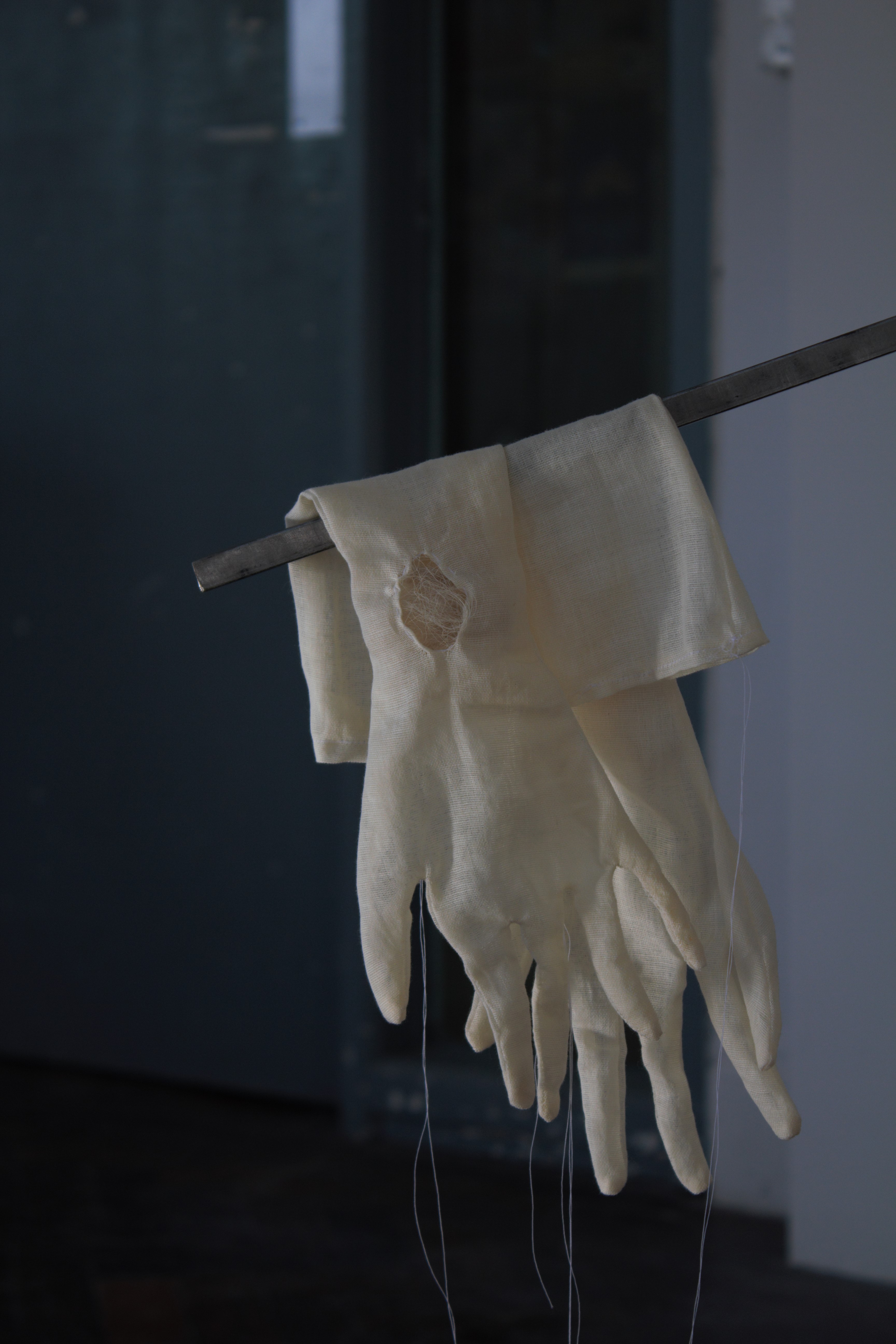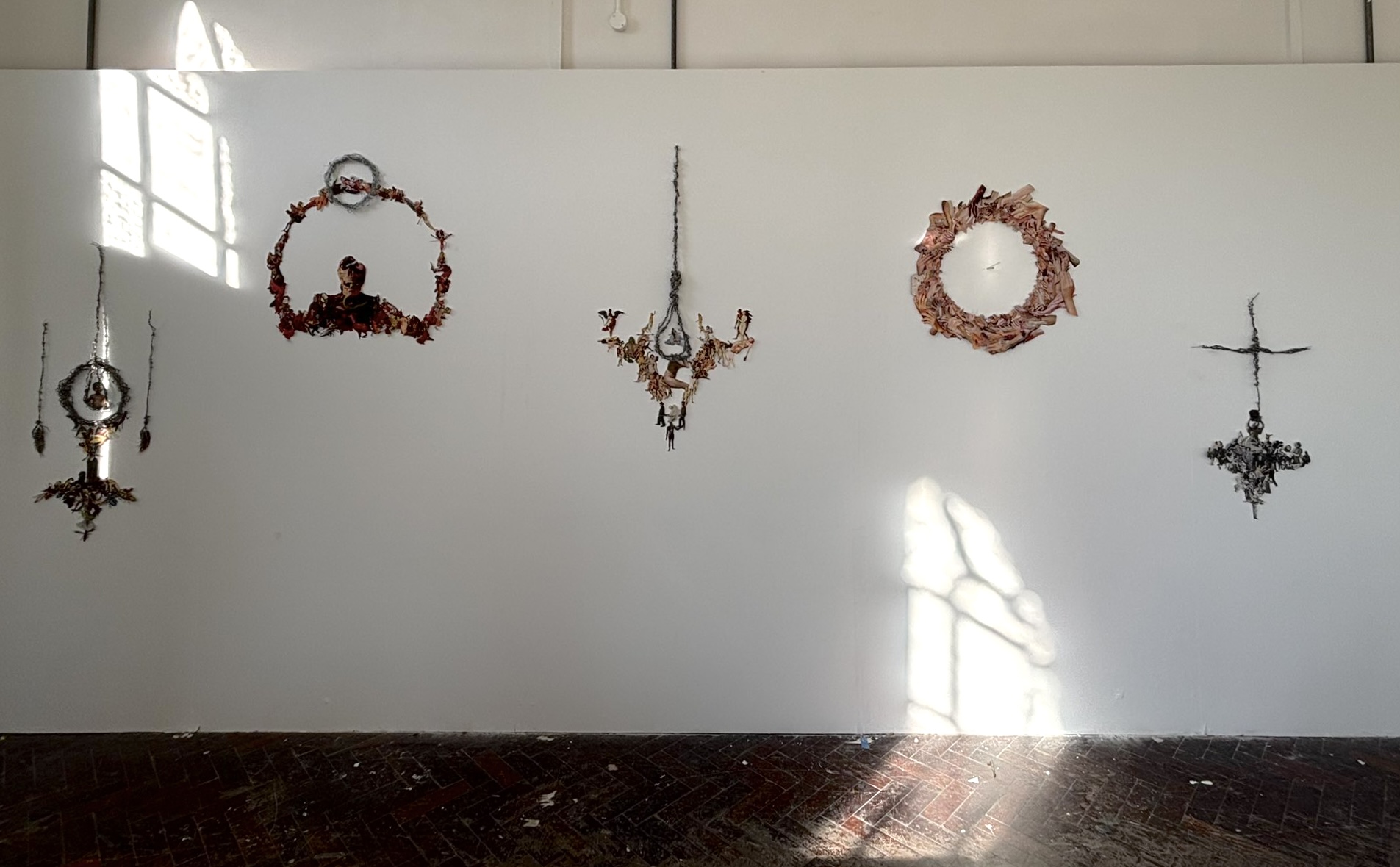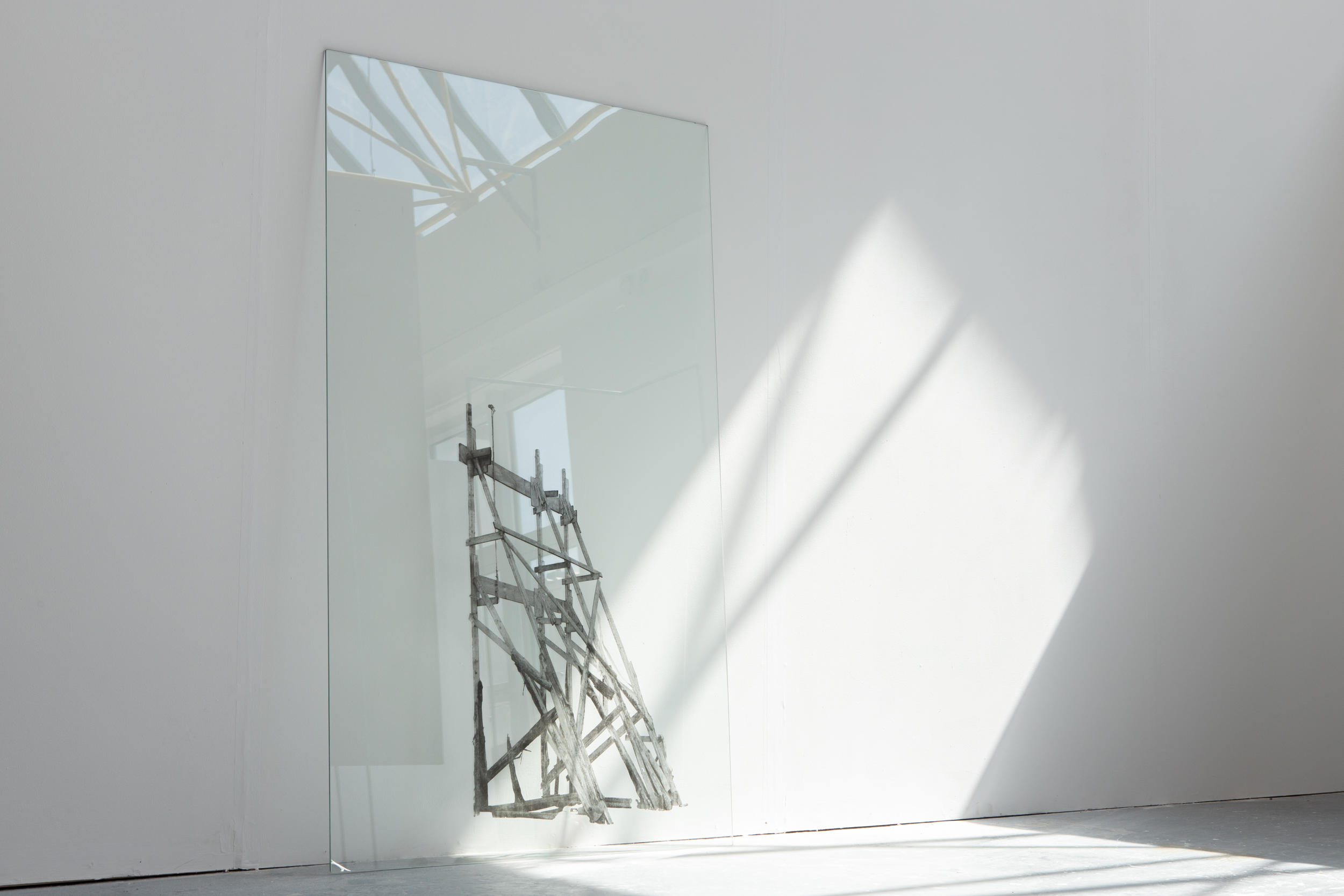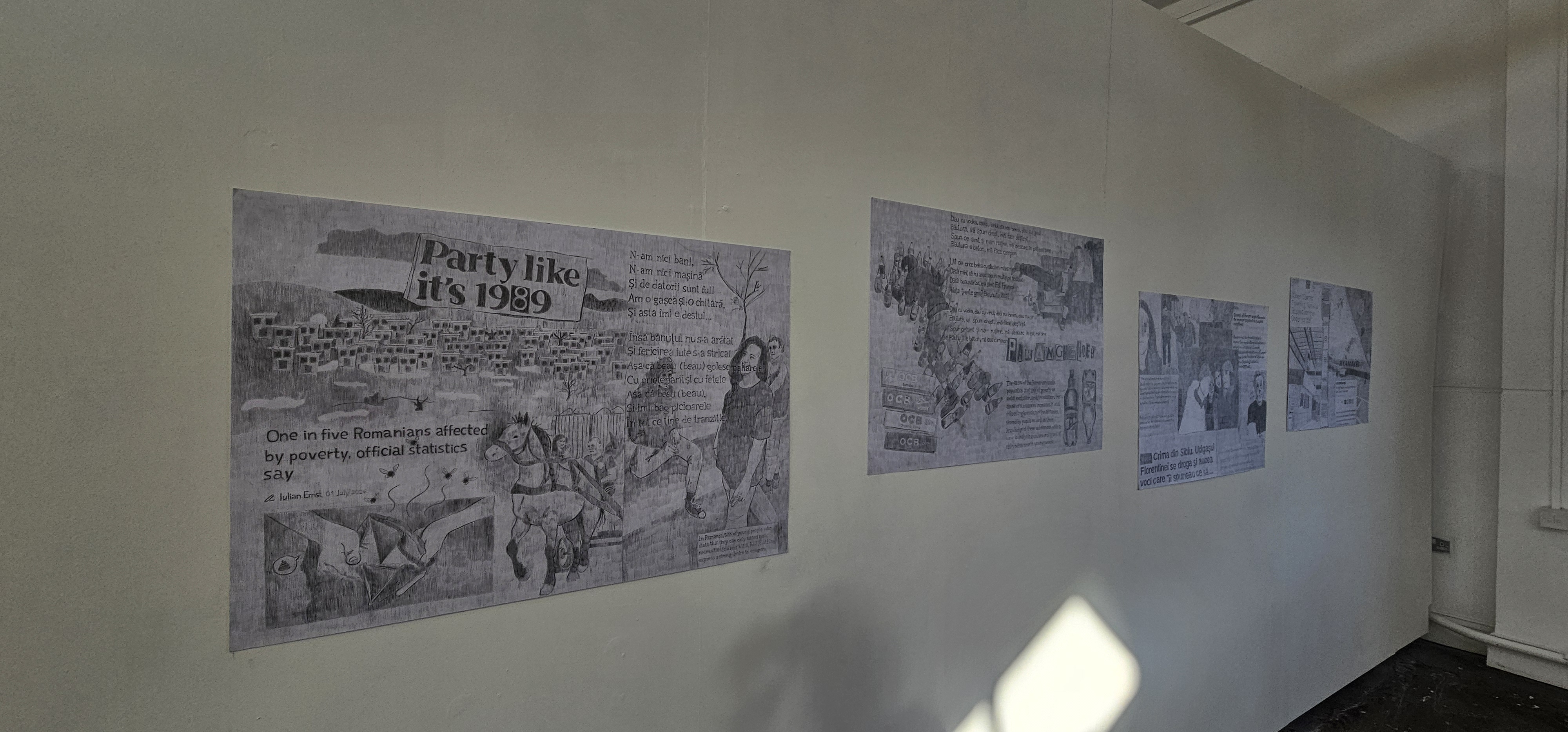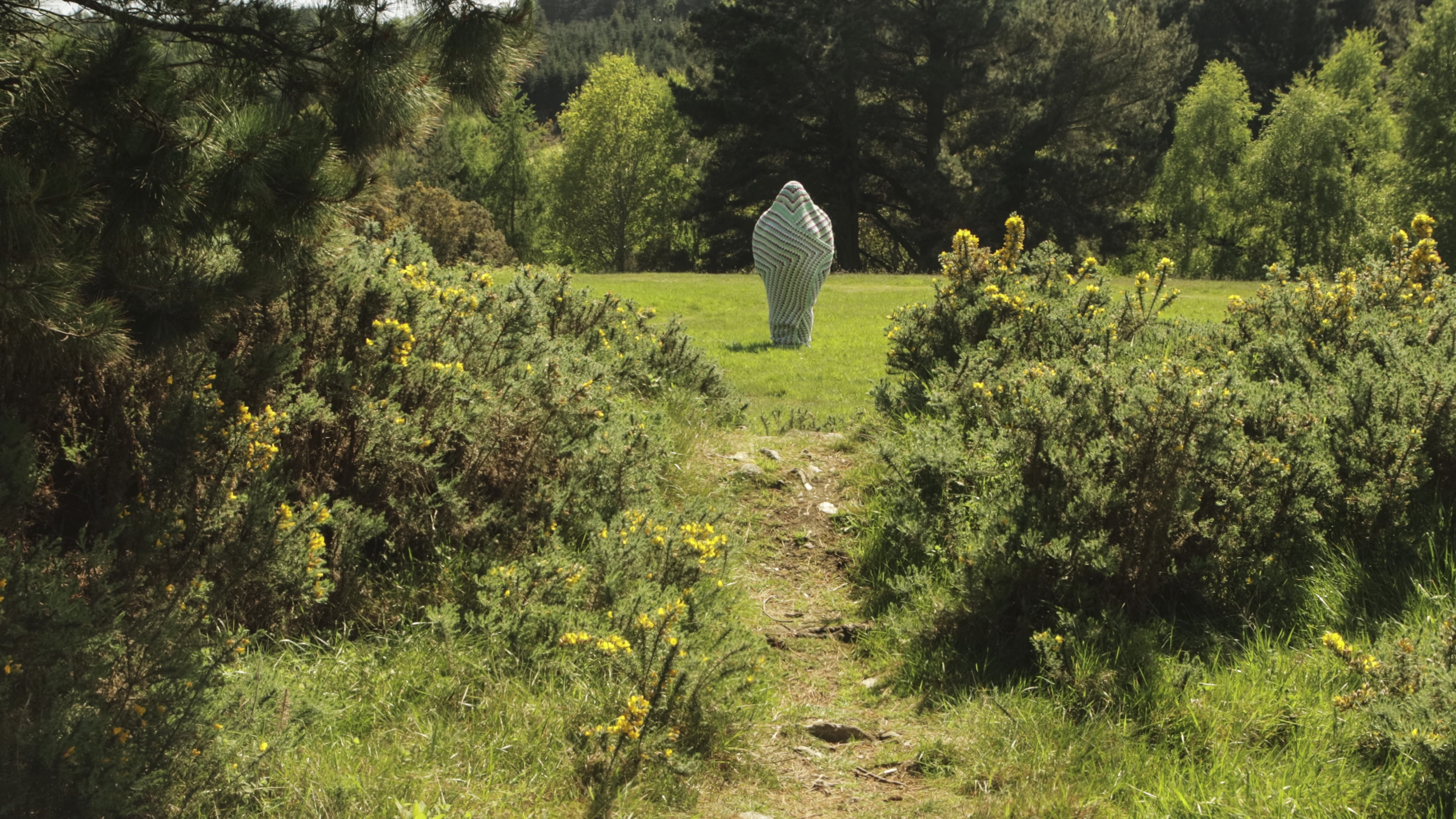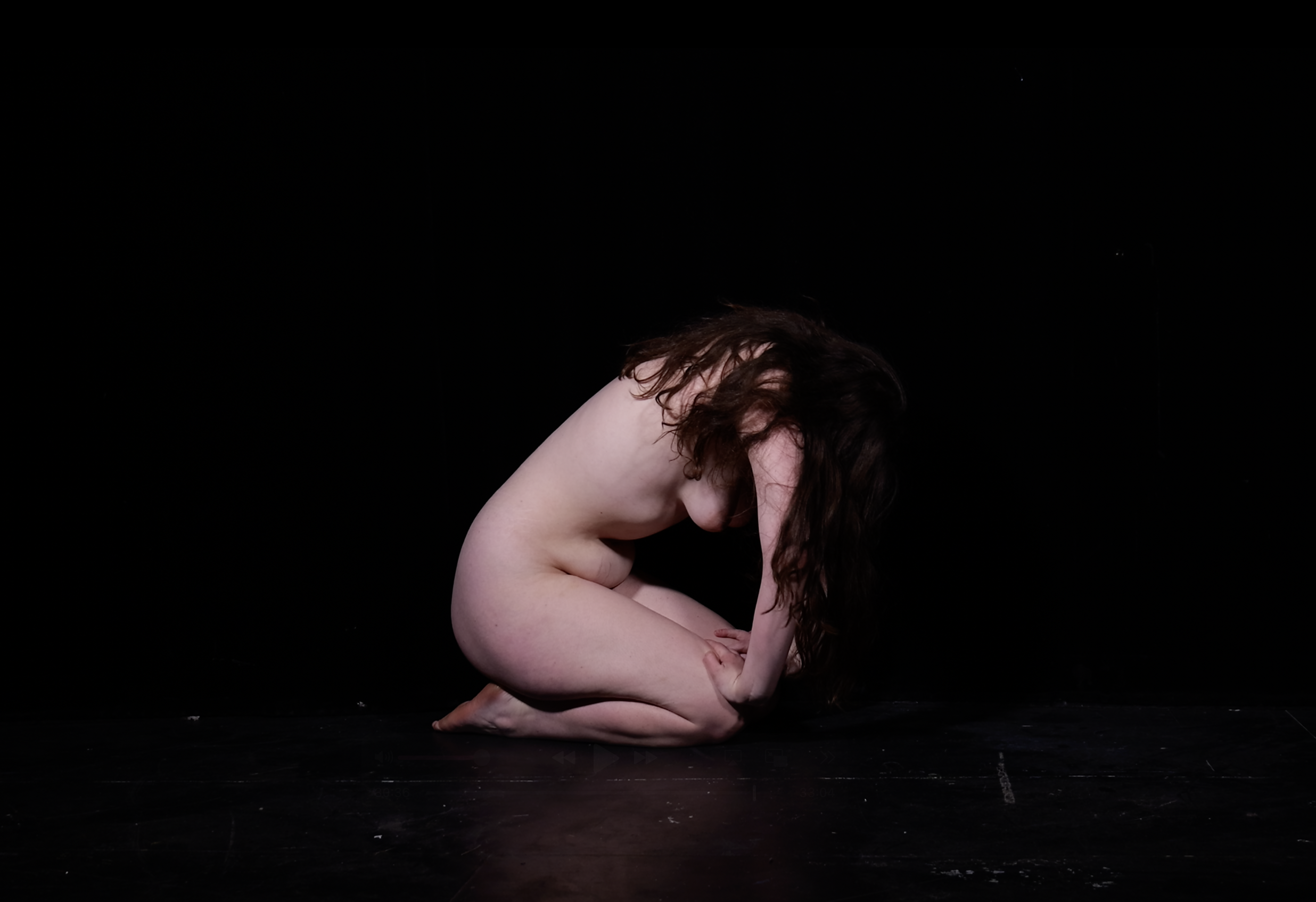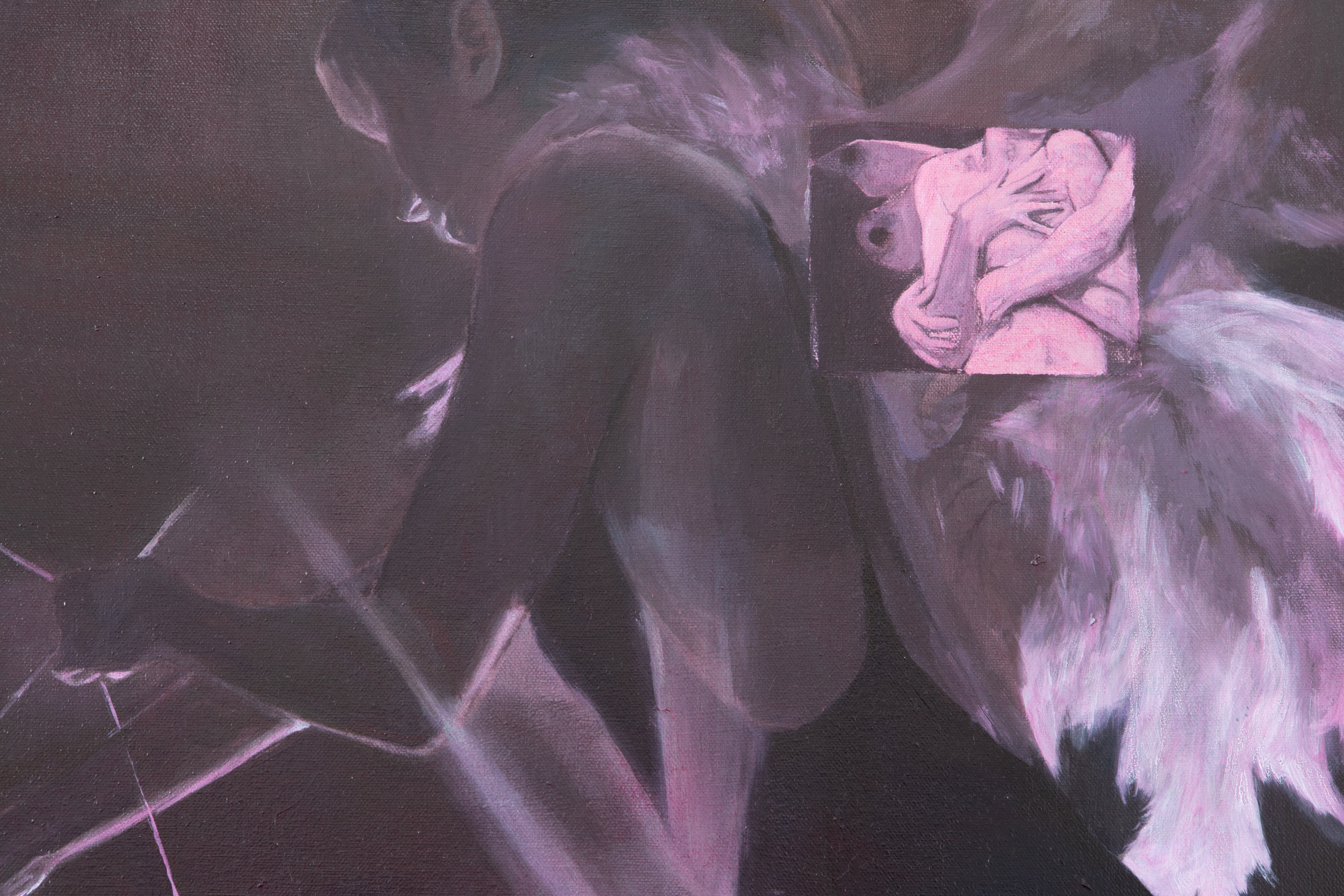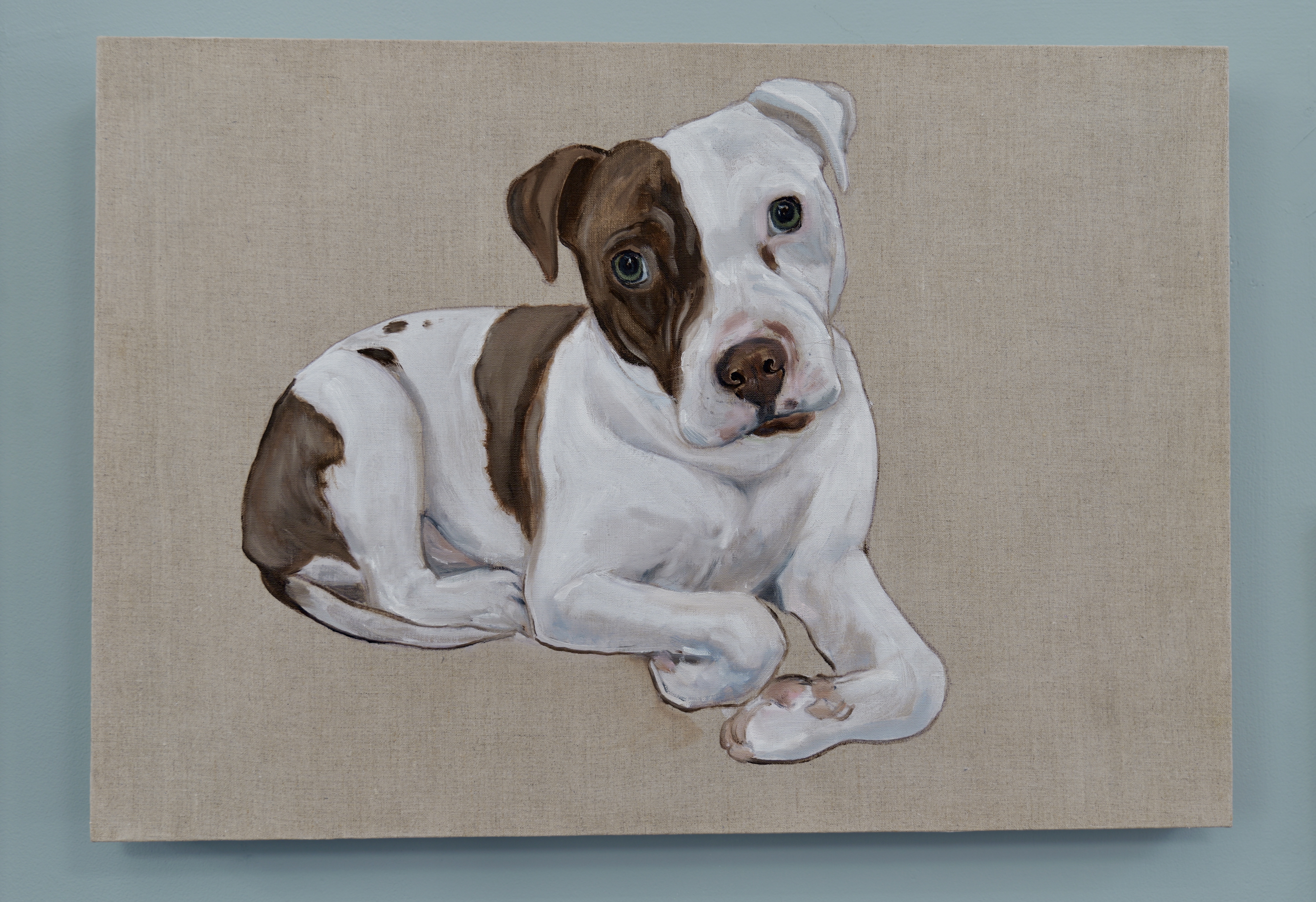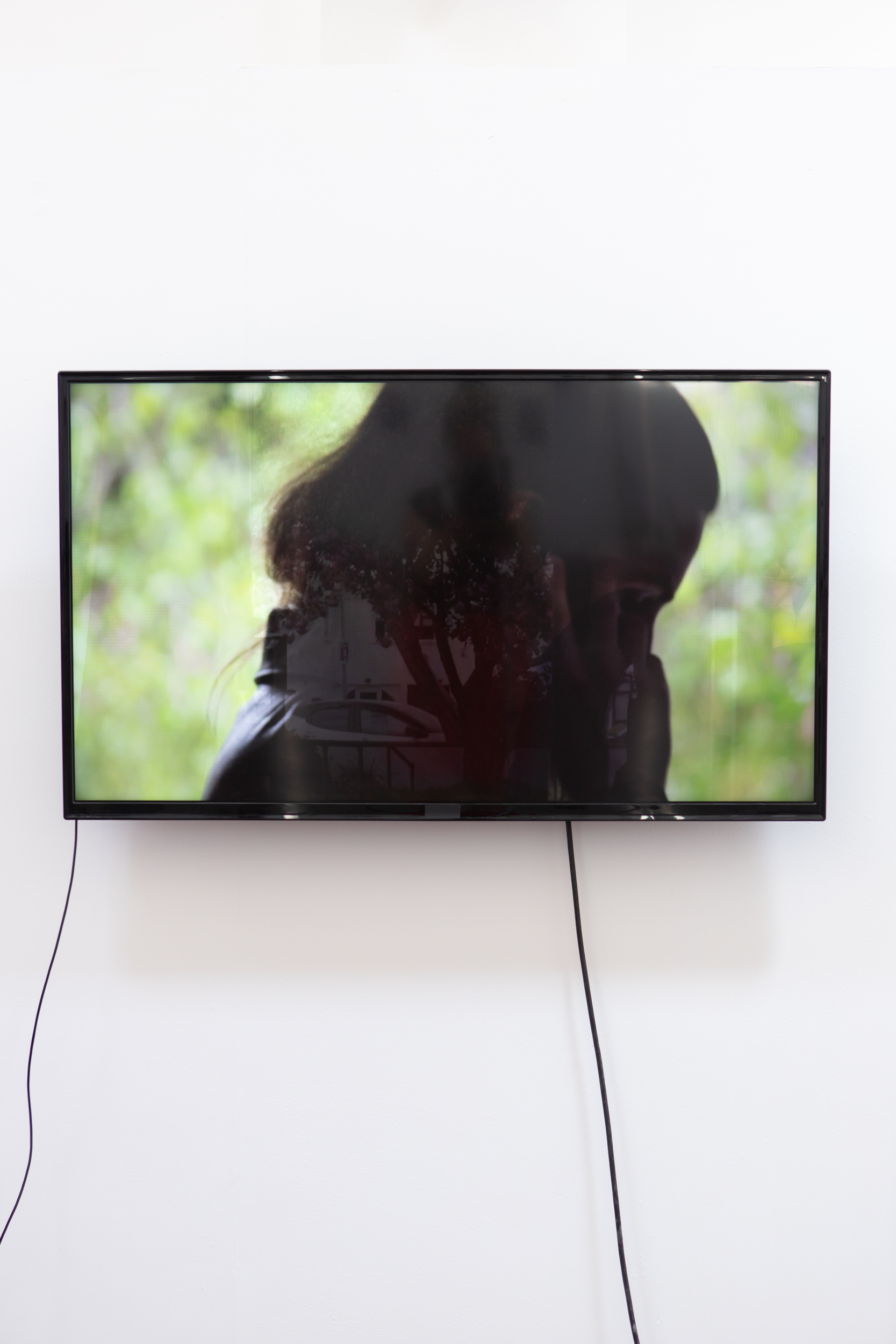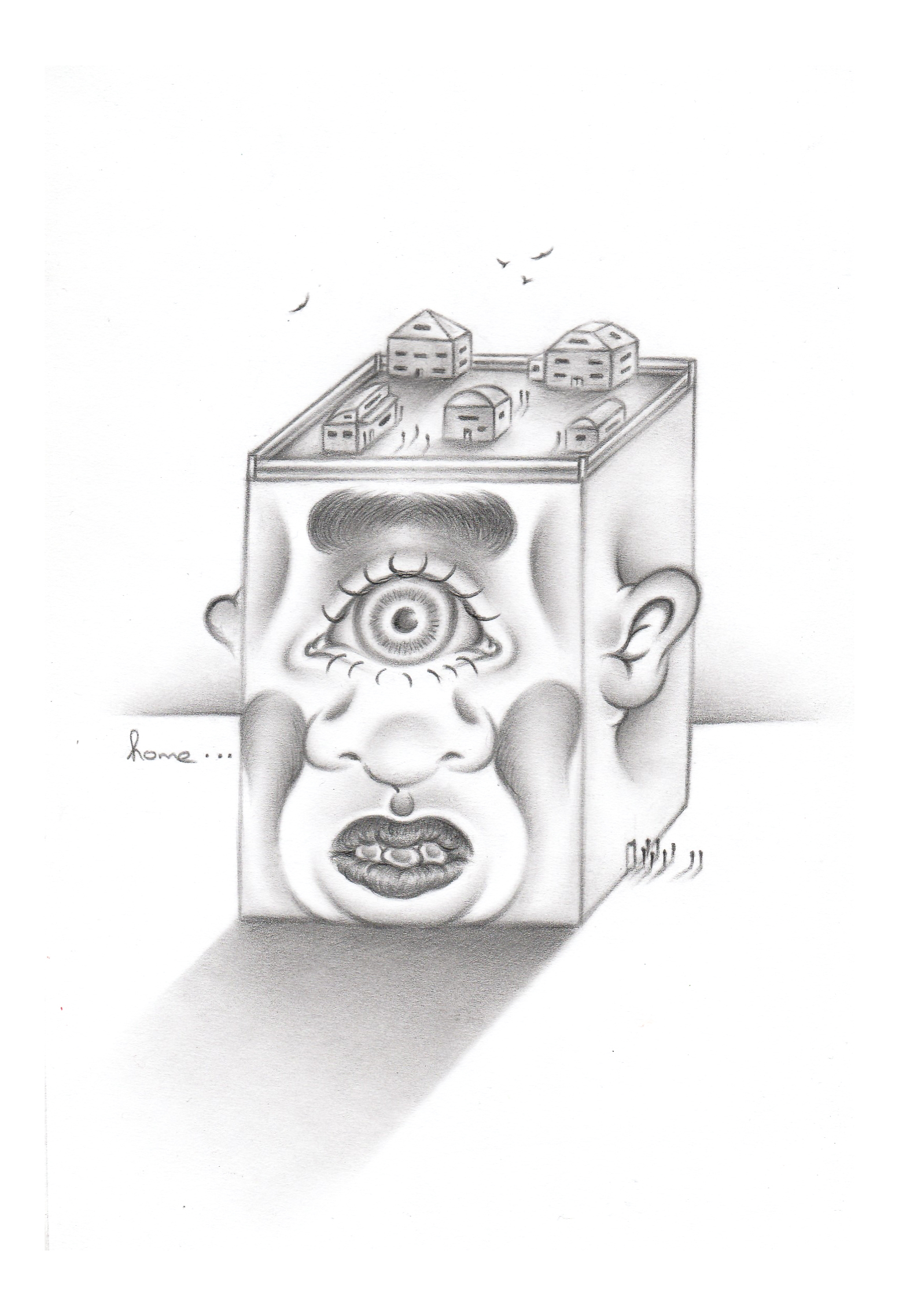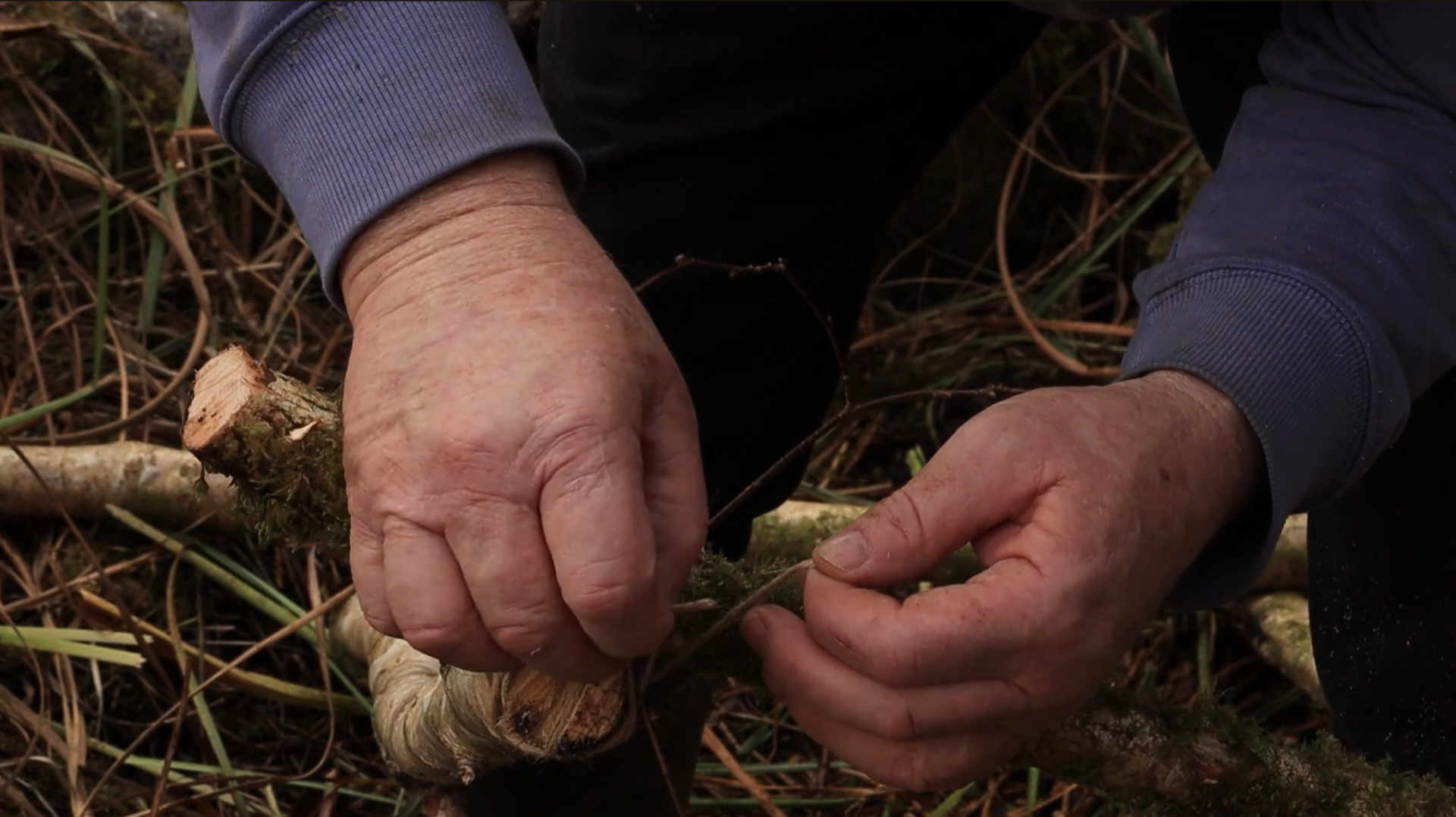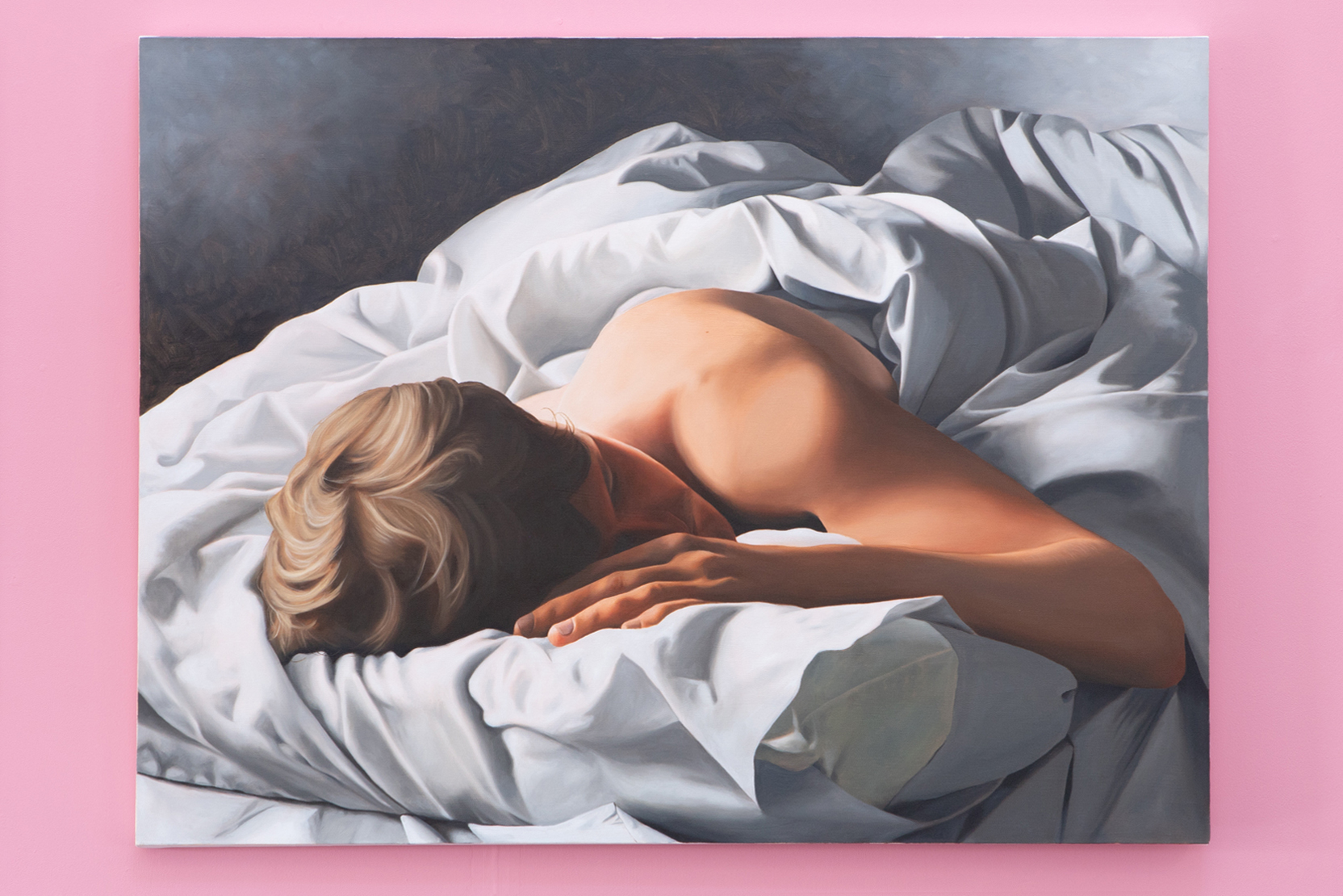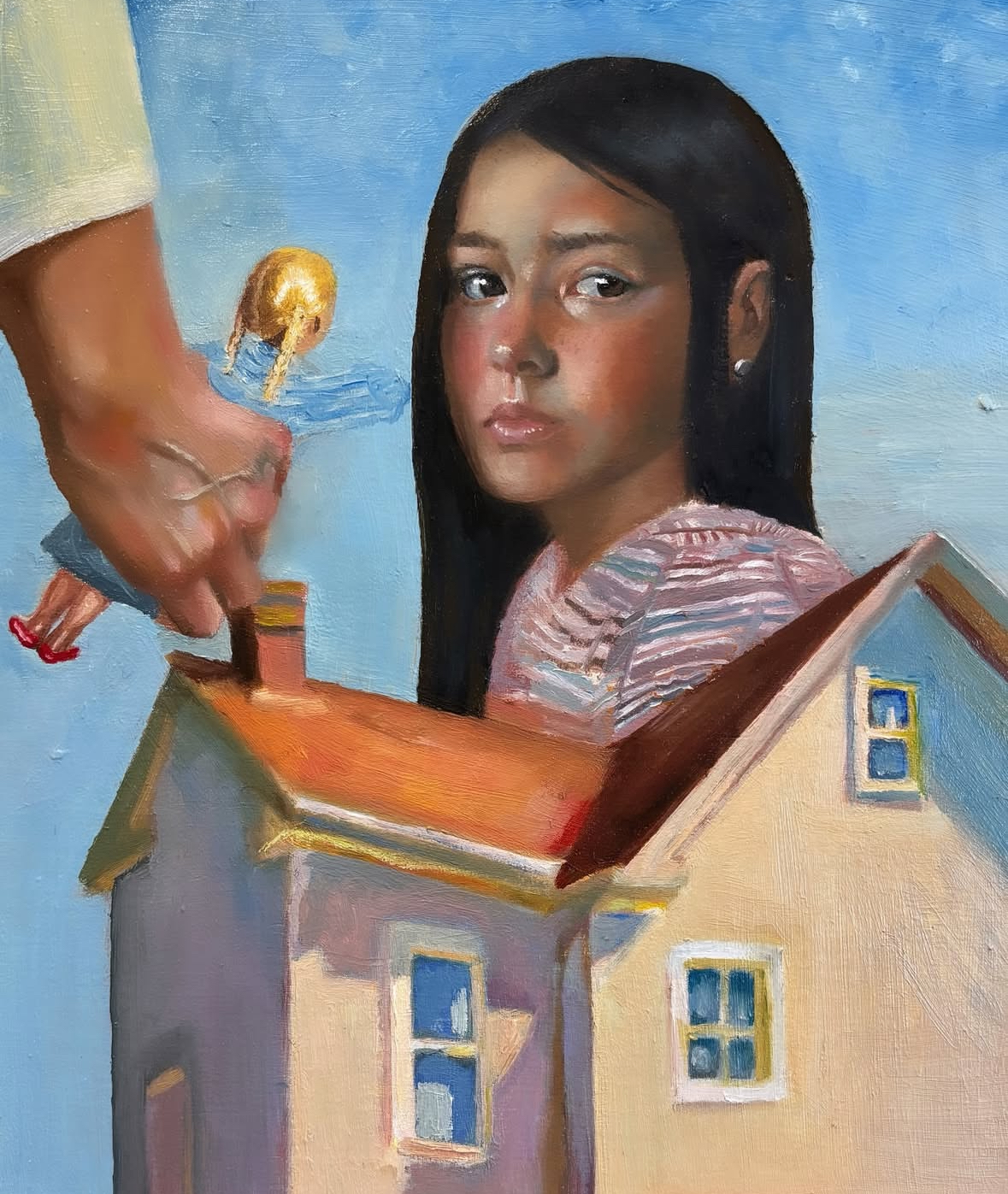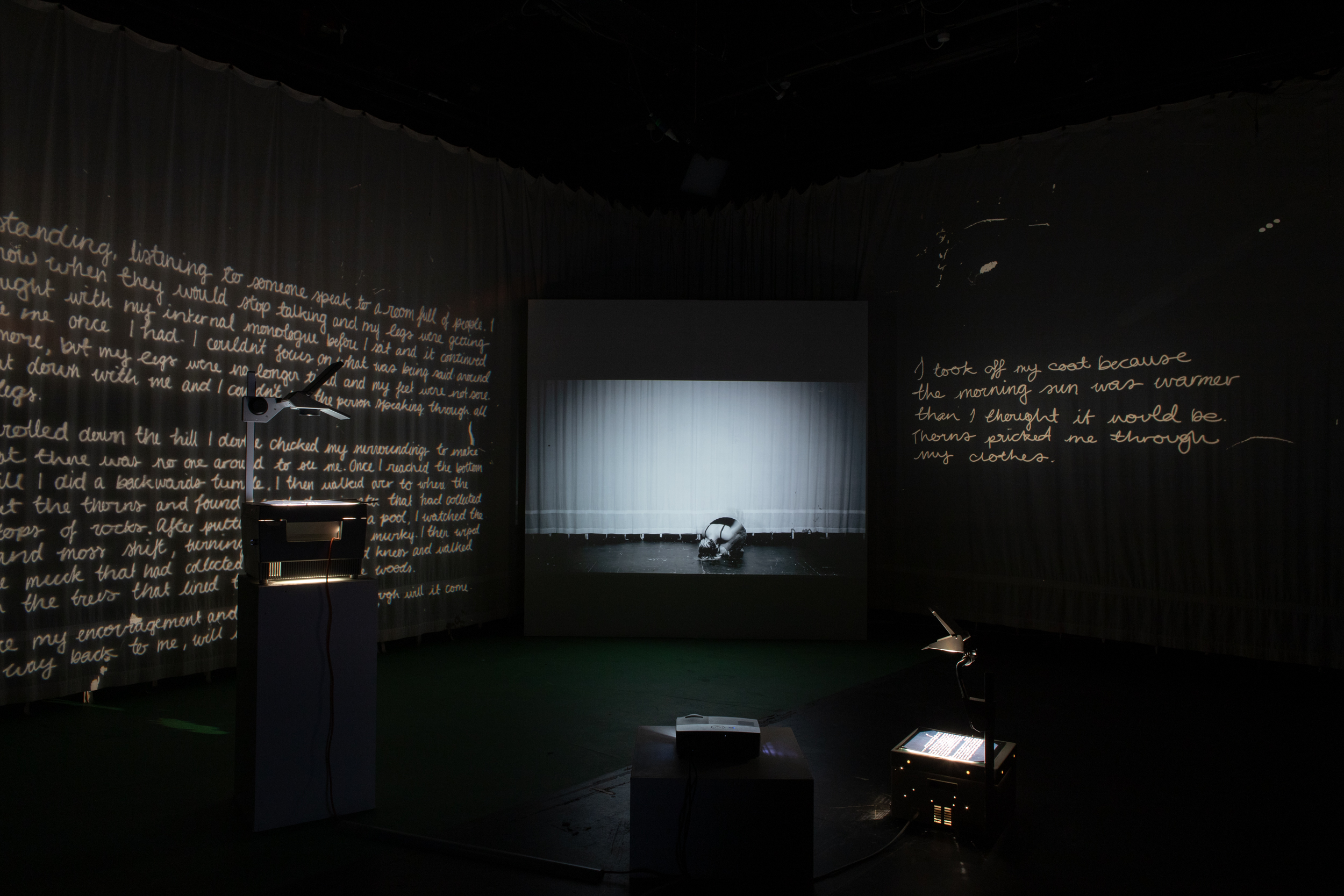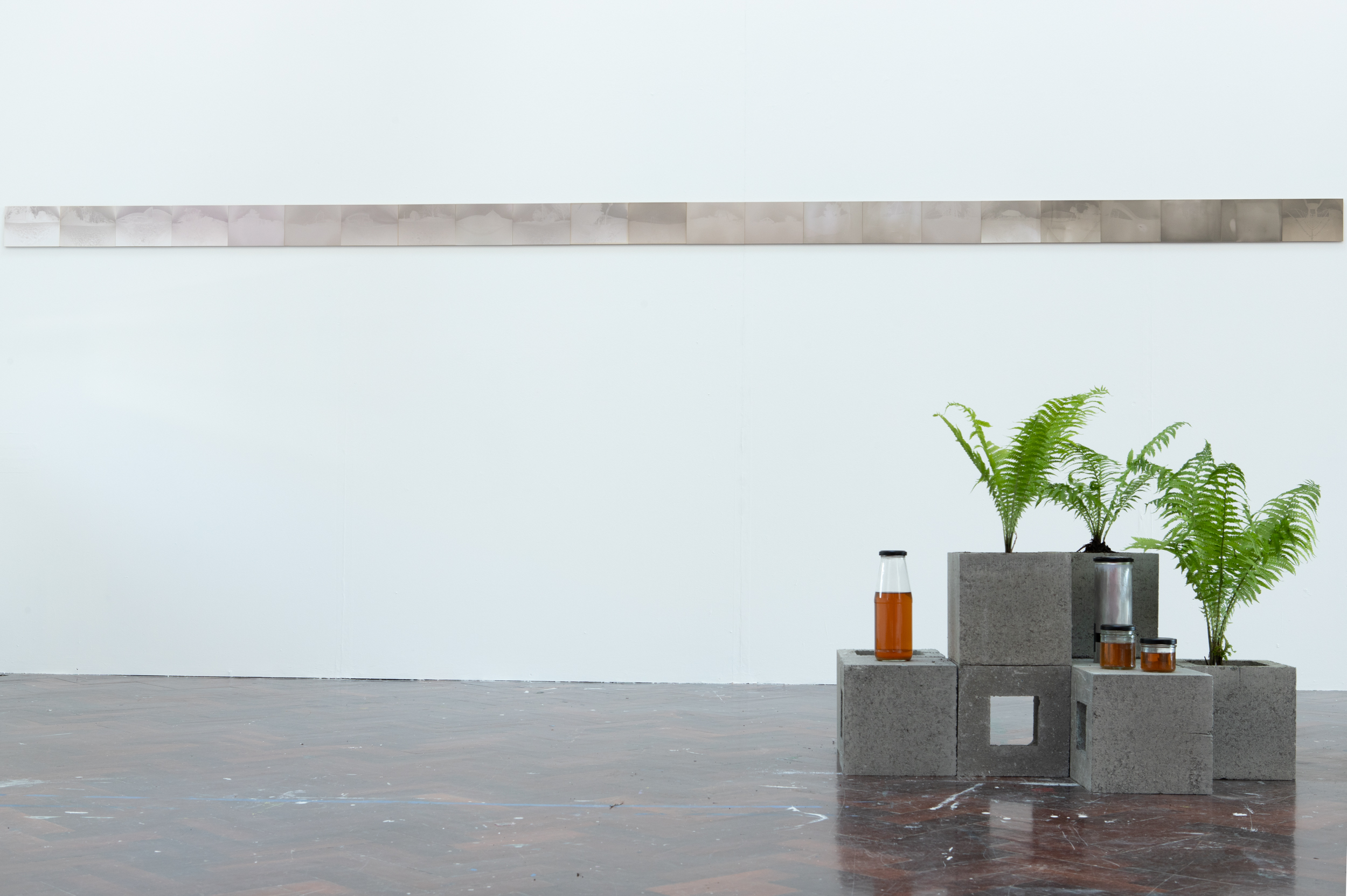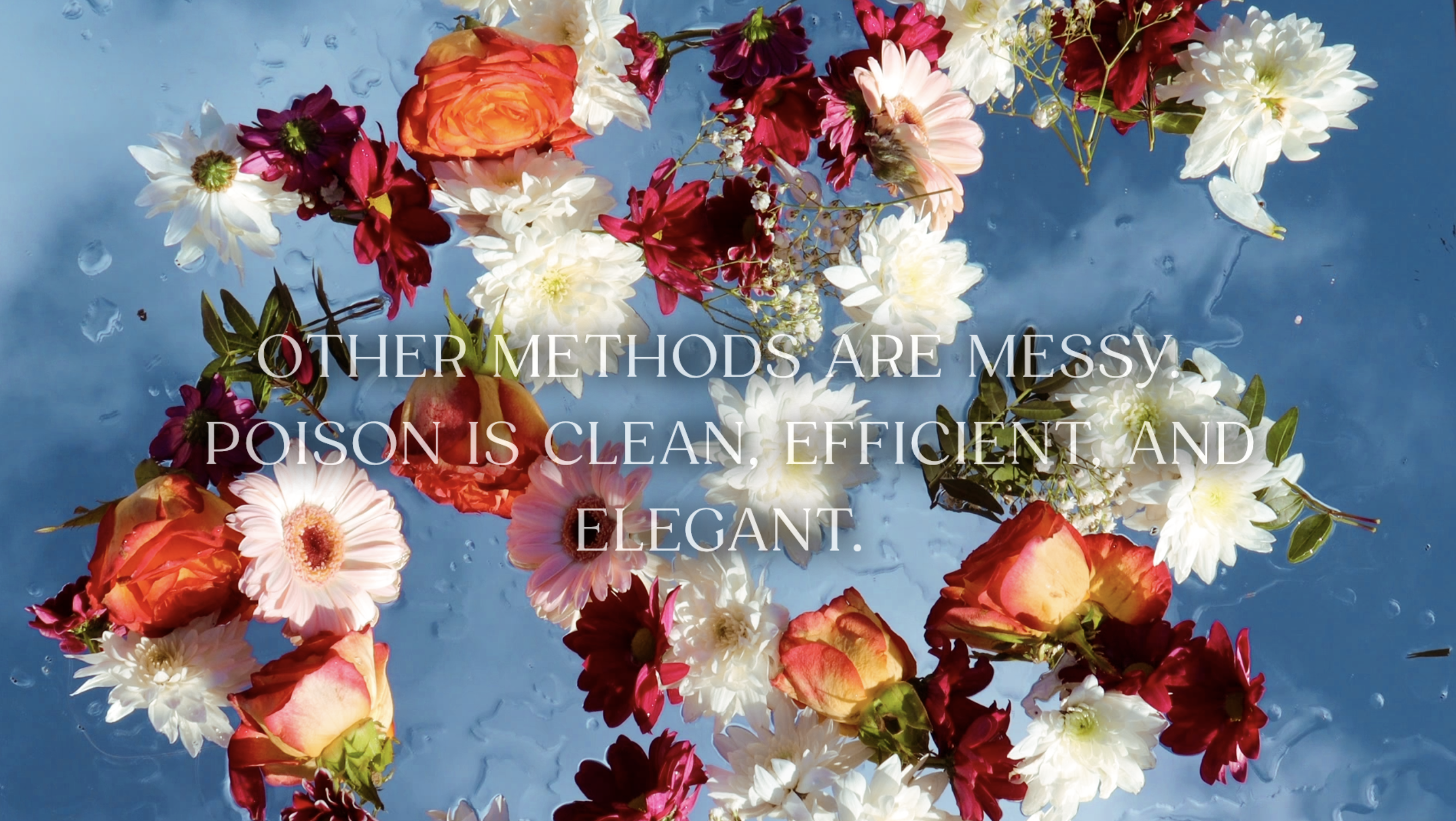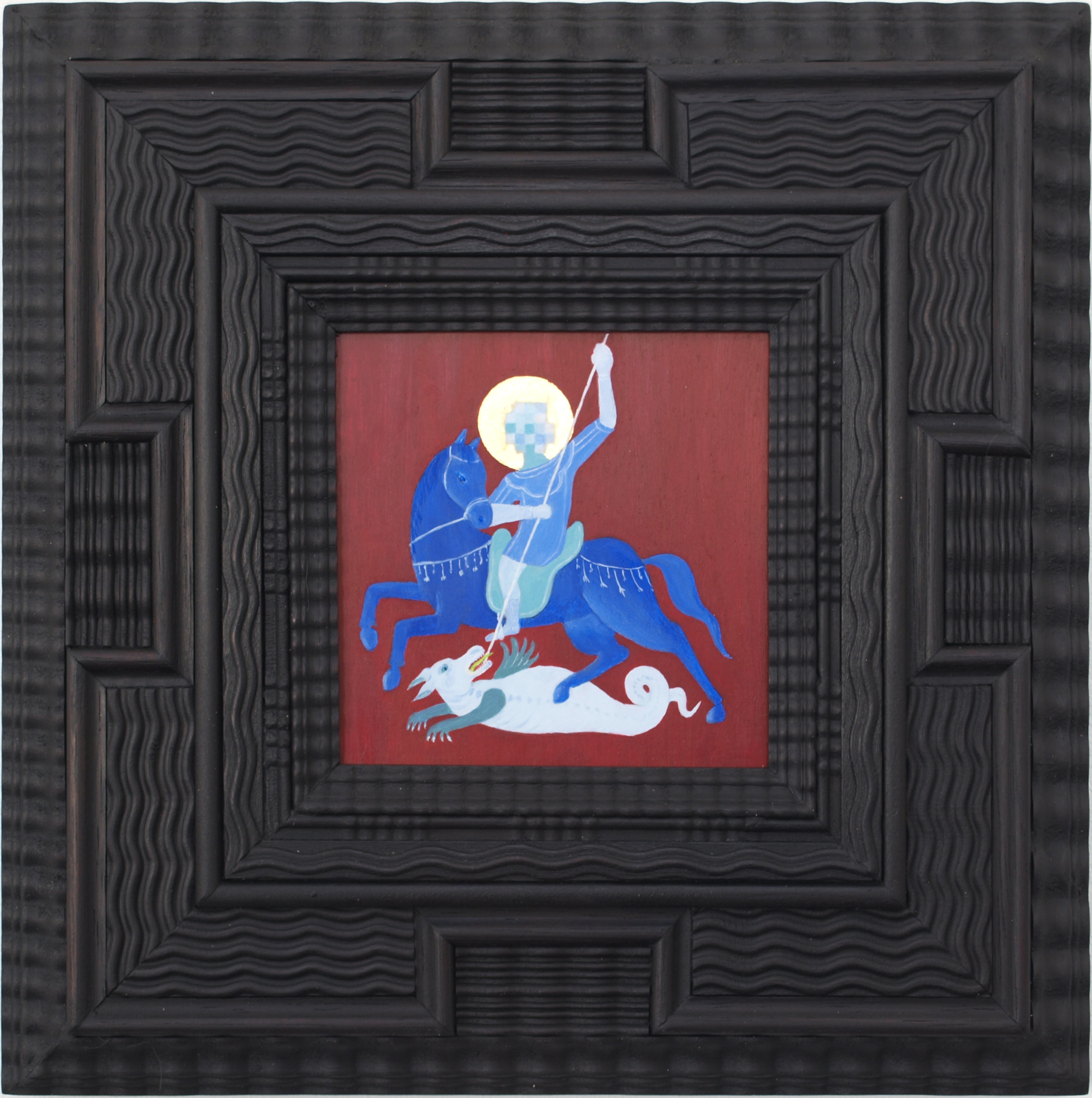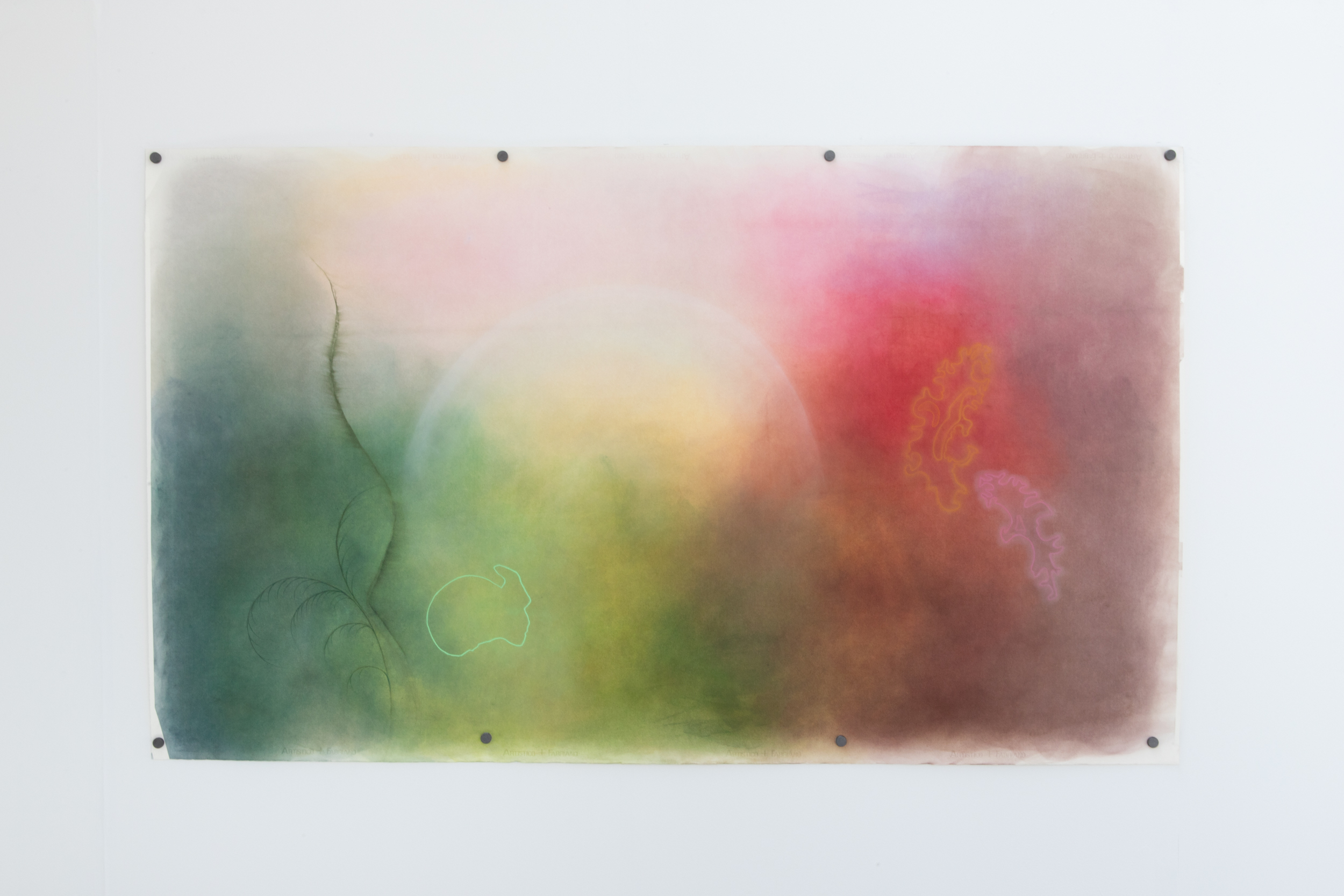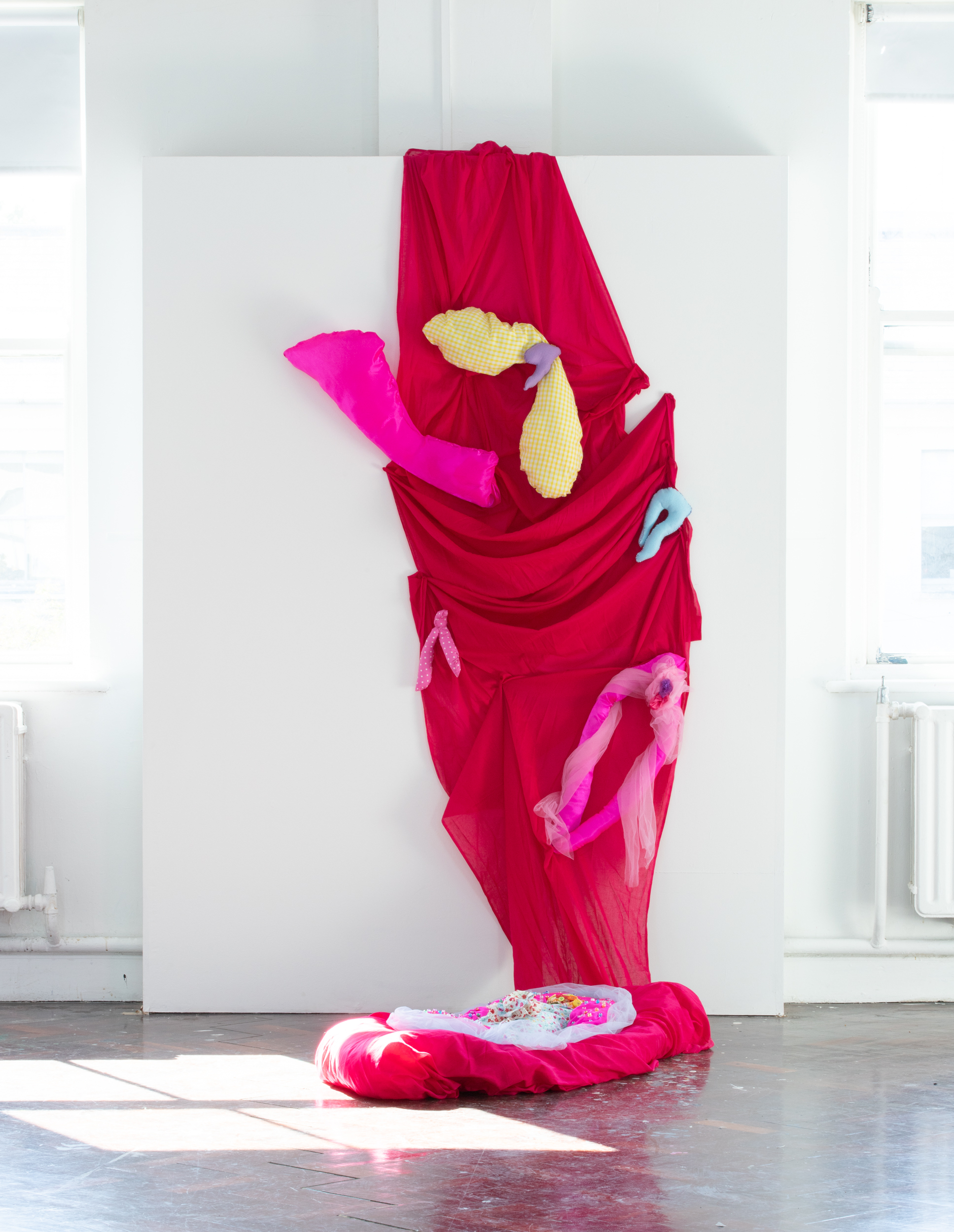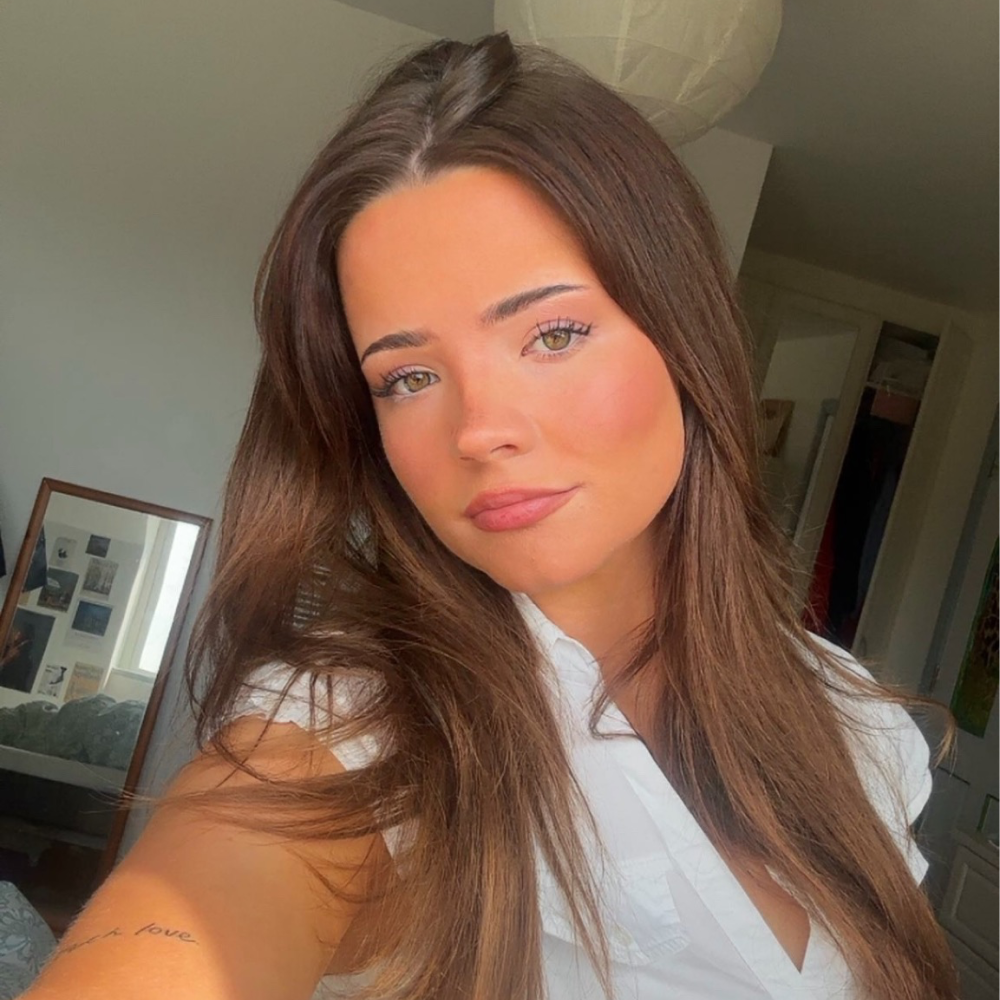
Eabha Ni Lionain
This project explores the transition from girlhood to womanhood. It focuses on the emotional weight of growing up. How femininity is performed, resisted and judged It shows the tension between softness and strength, beauty and authenticity, nostalgia and discomfort. Figures are composites; archetypes built from memories, imagination, and observation. Oil paint allowed her to layer the emotions and imperfections, using both framed paper and raw wood. Recurring feminine symbols like pink, bows, and doodles are reclaimed and used compositionally. This work doesn’t seek answers, it questions what we’re taught to see and why.
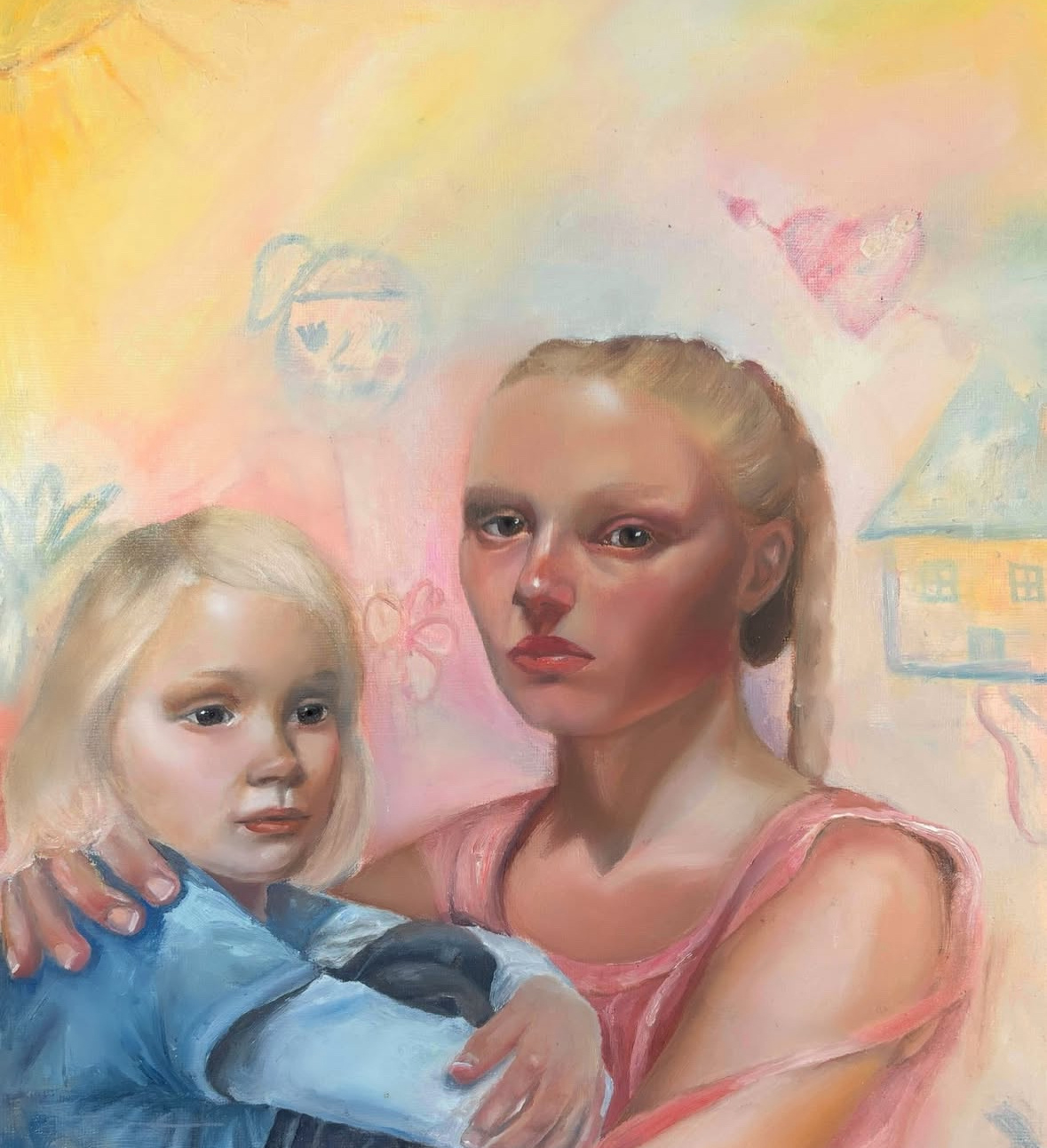
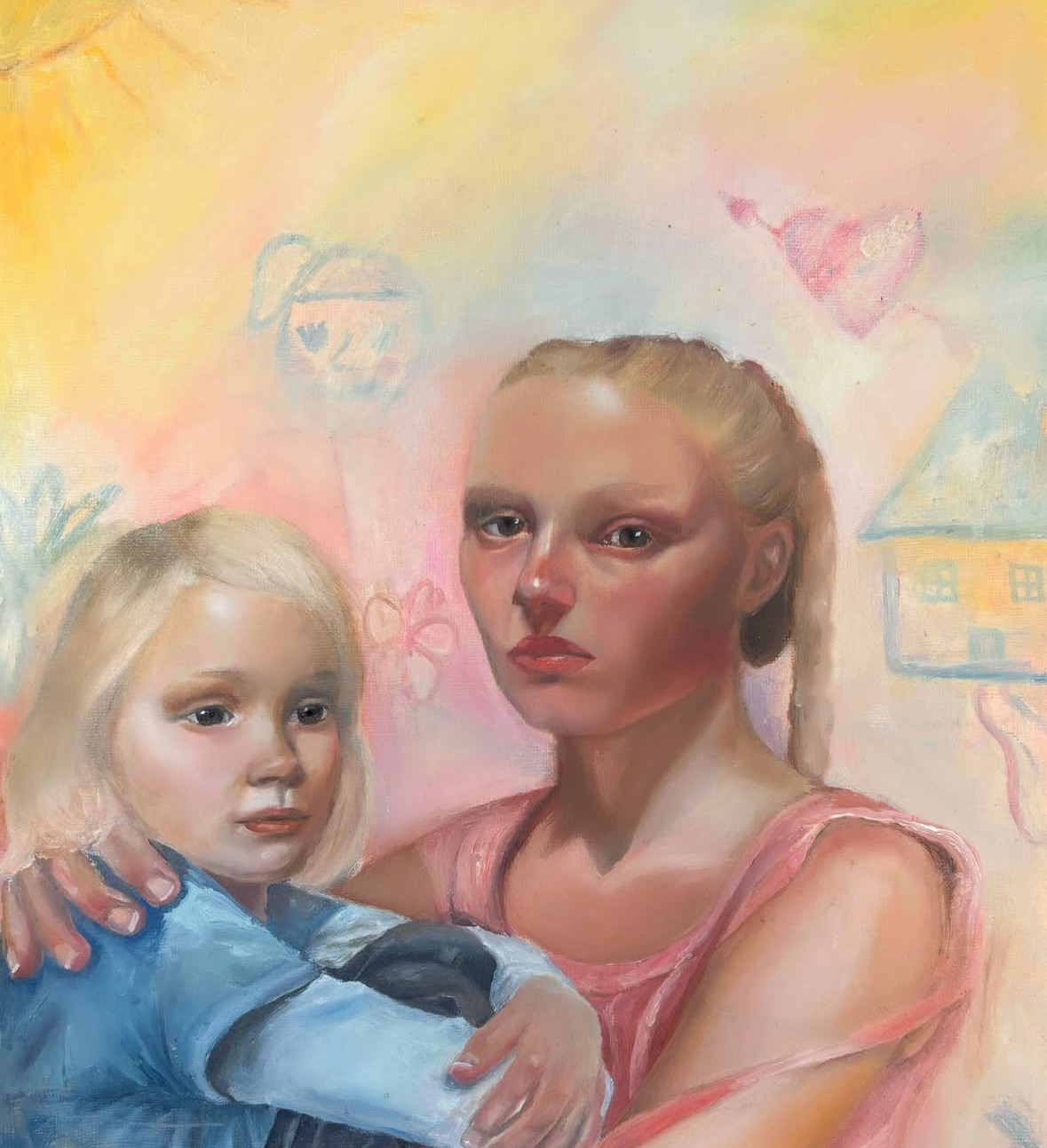
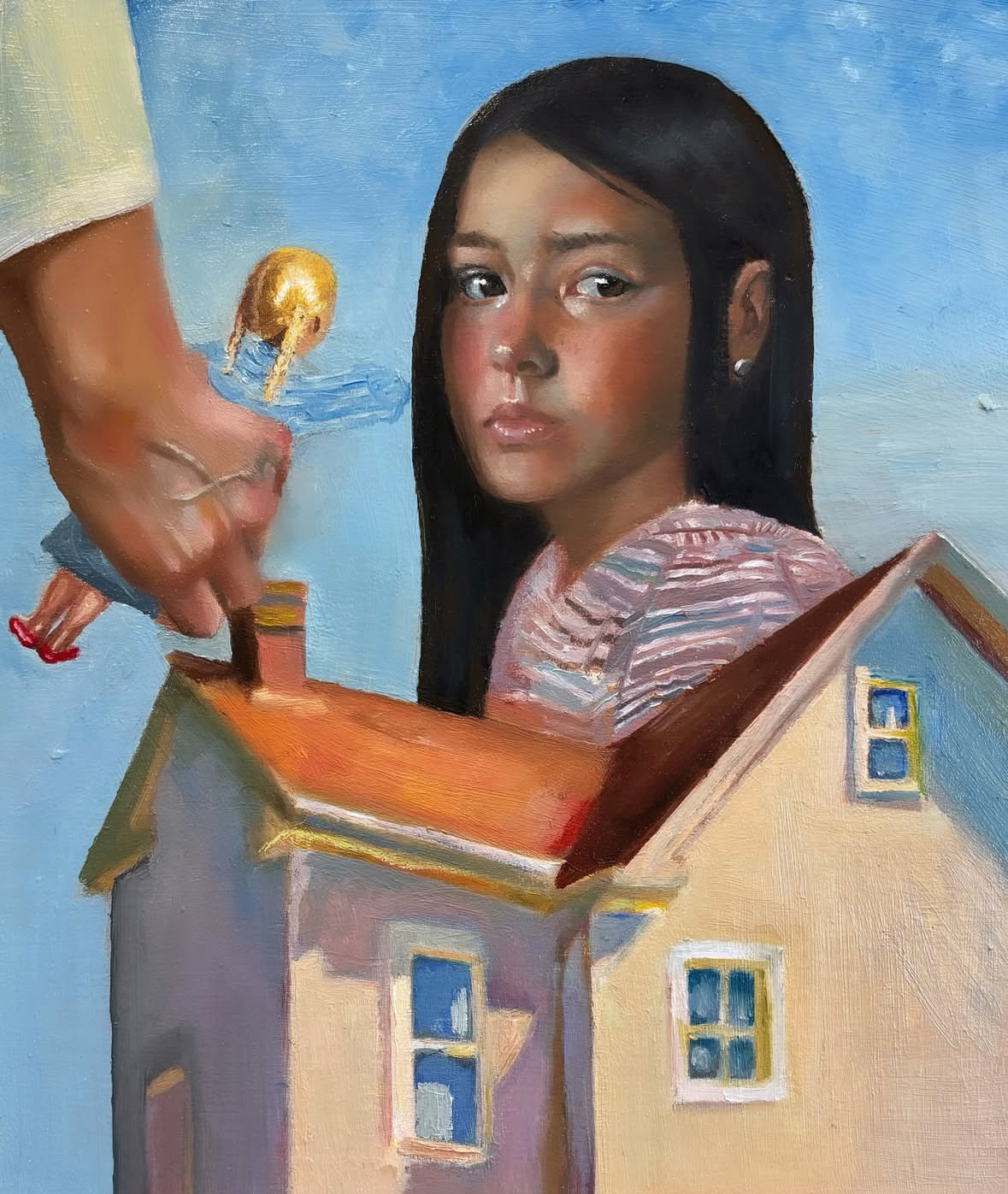



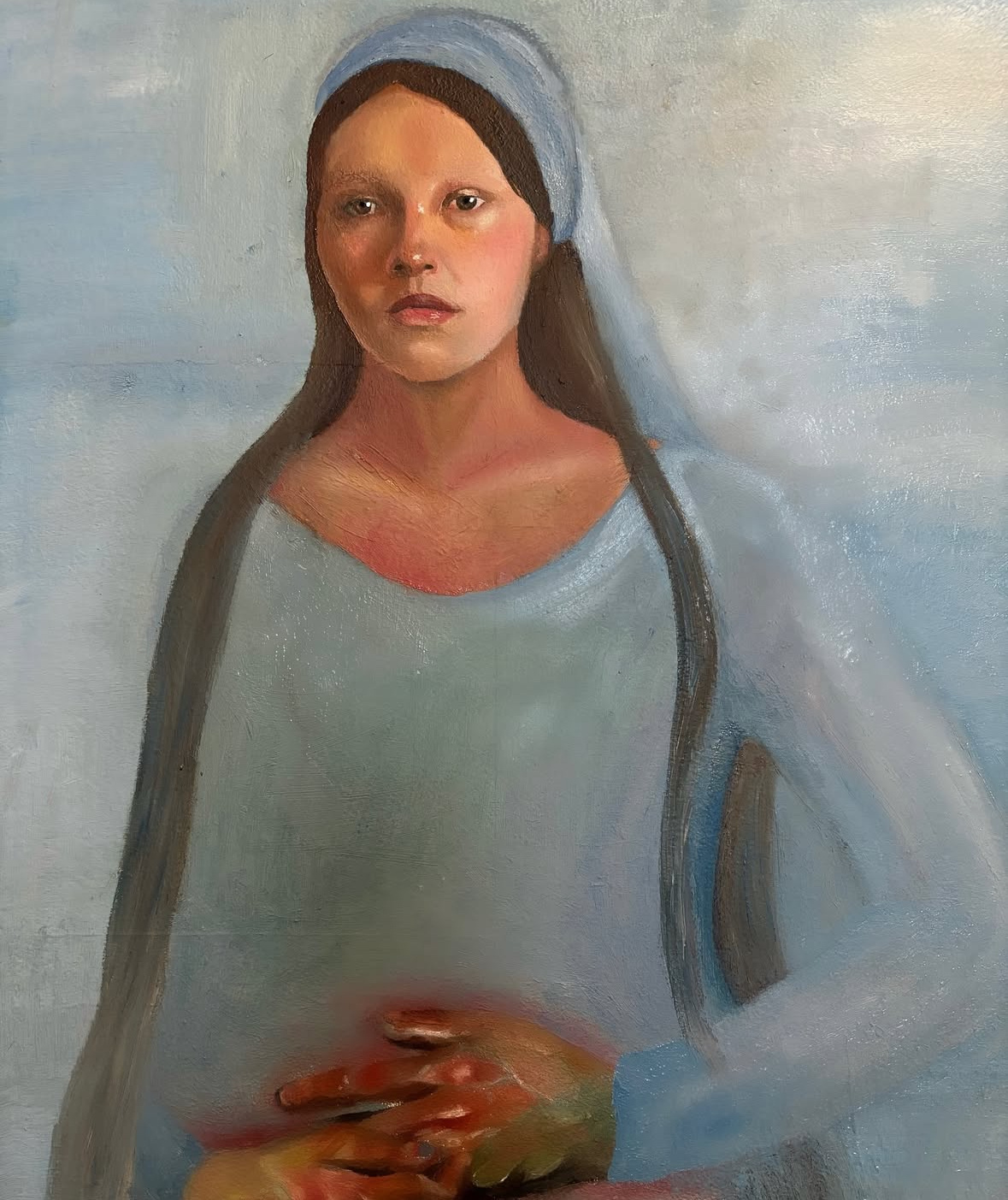
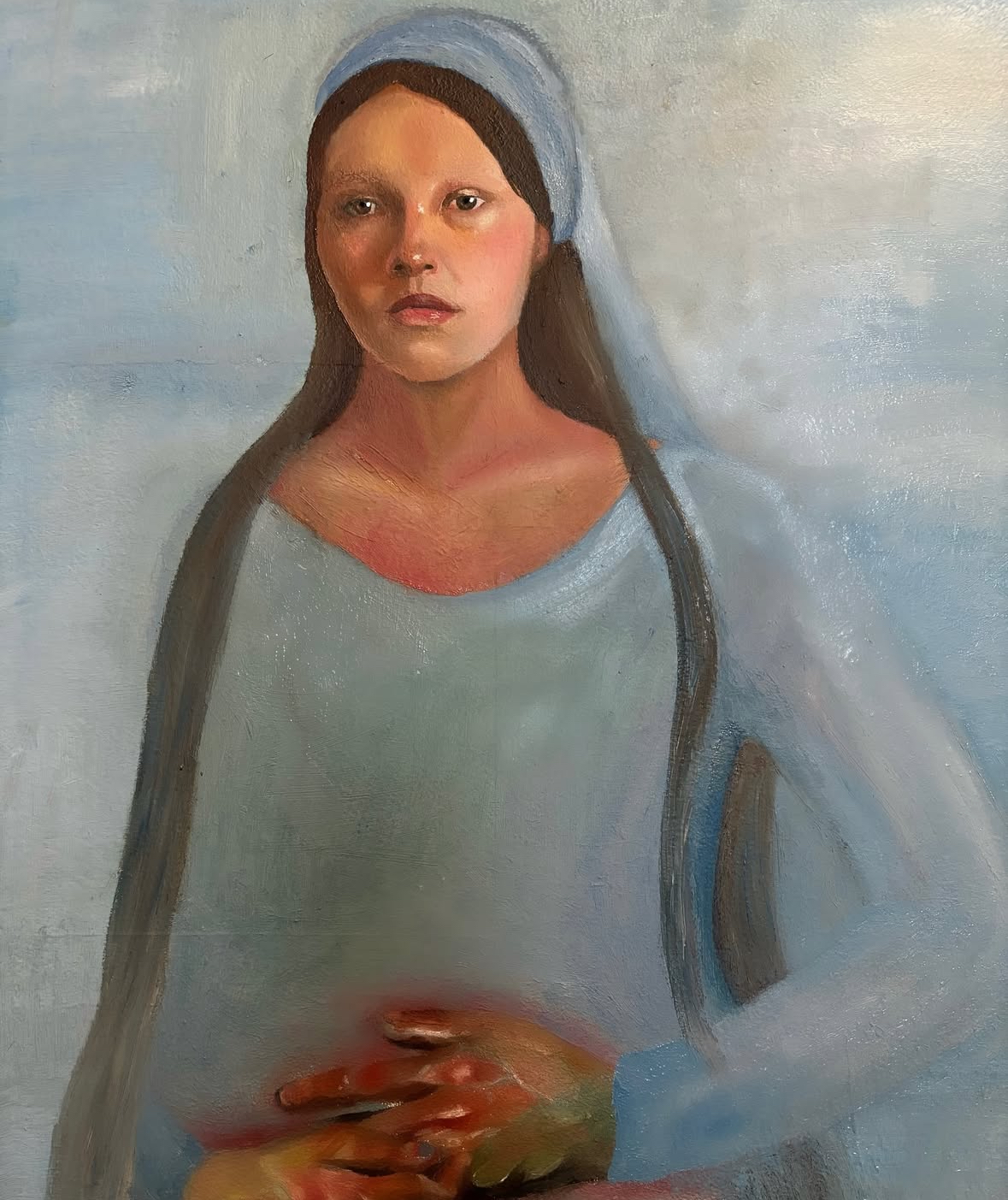
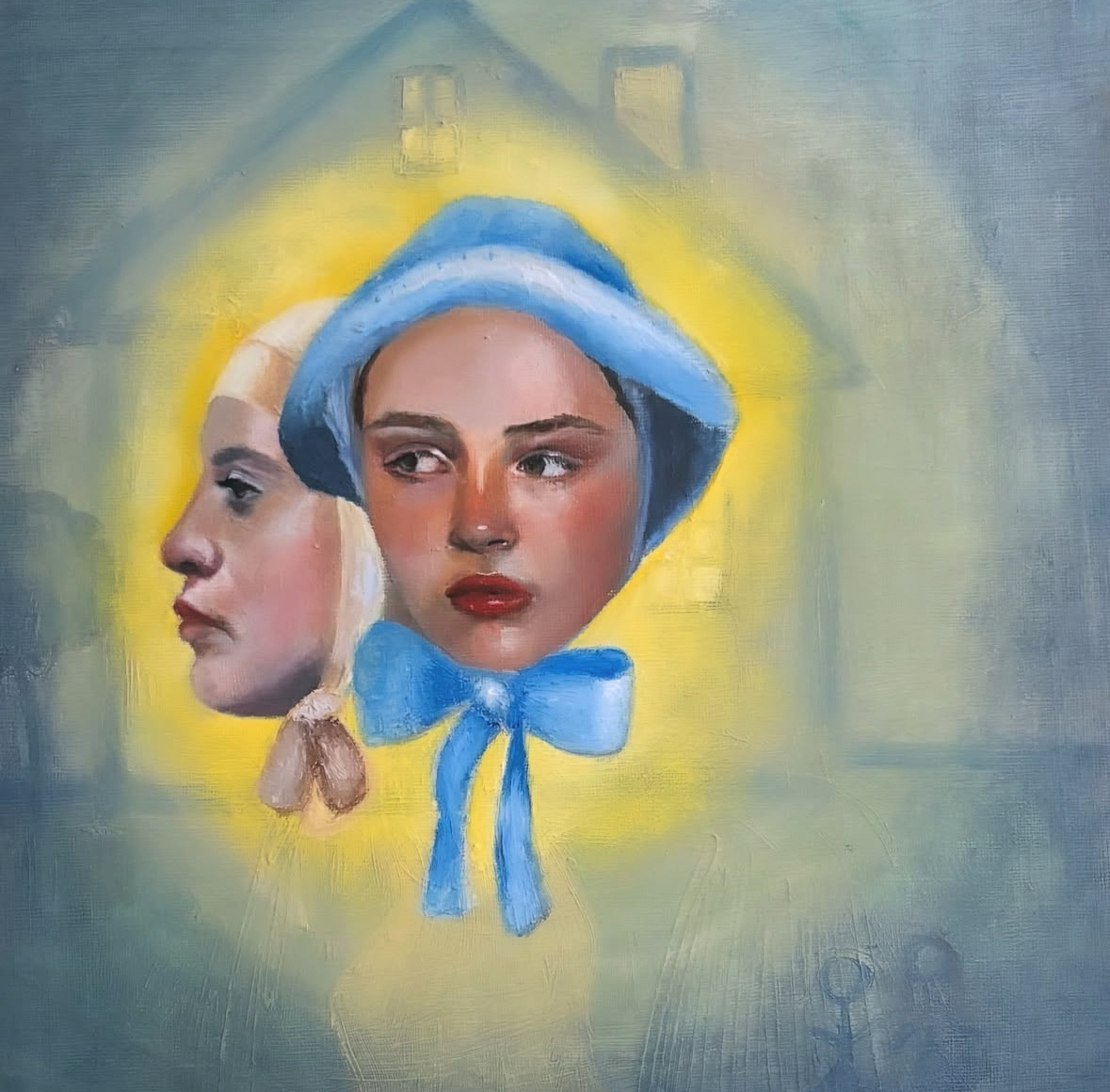

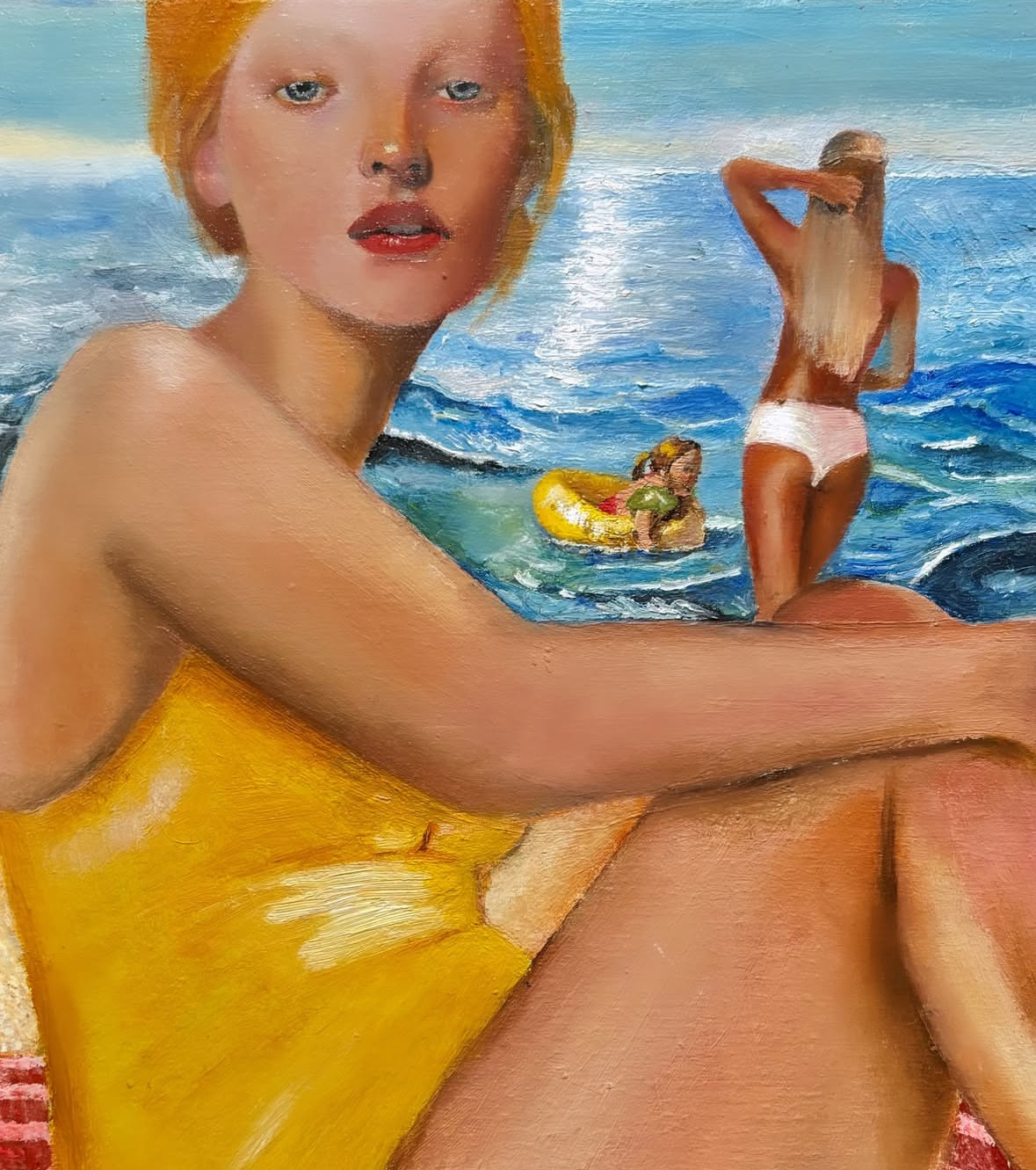
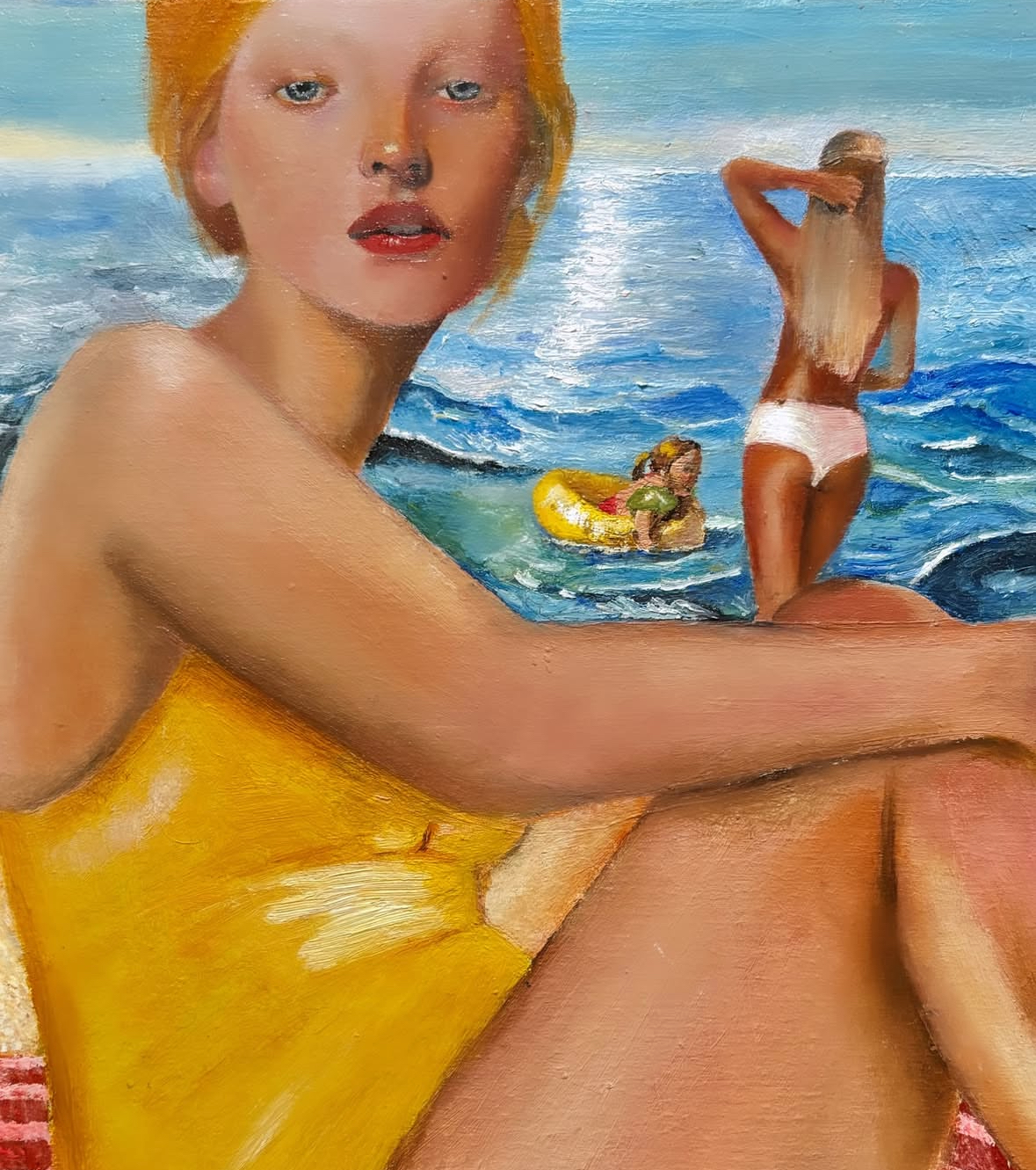



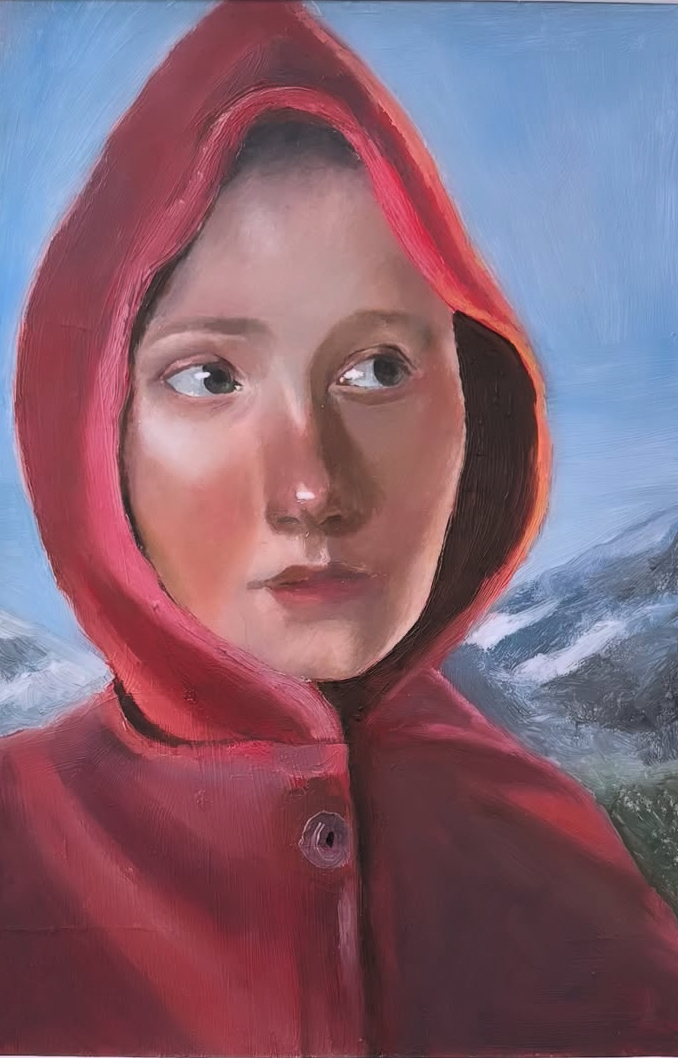


Éabha aims to invite viewers to reflect on femininity, wanting people to begin to question their own assumptions about what it means to be “feminine”. More specifically how femininity is shaped and performed over time. Through the work, she aimed to make space for the tension many women experience: the pressure to be beautiful yet effortless, soft yet strong, expressive- not emotional. Hoping by presenting figures caught in the middle of these, viewers would feel a sense of recognition. These works aren’t about presenting an answer but about asking why they exist in the first place. How do we read “feminine” cues. What makes an image “girly”? Why is that often equated with weakness/superficiality? Why is softness often instinctively dismissed?
She aimed to engage viewers emotionally through nostalgia. The artist encourages people to recall their own transitions and small- yet formative- moments. Being told to “act like a lady”...realising you were being looked at differently... the first time you felt powerful/powerless in your own body. If the viewer feels an ache of familiarity, then the work is doing what it was intended to. To challenge femininity needing to be justified. Viewers might leave the work asking questions about what they’ve been taught to see, and how they’ve been taught to see it.
Throughout this process, the artist discovered lots about painting and her own personal preferences in regards to art. She discovered her preference for painting on wood as opposed to canvas. The smoothness of the wood allowed a clean and satisfying effect in her works. The artists works became more vibrant than her previous series- warmer blues, yellows, oranges and pinks. Éabha adapted to creating an adequate output ff works despite considering herself to be a slower worker. She would have more than one piece on the go at one time per the advice of her tutor which allowed her to go from piece to piece if she would become or frustrated or in the event of artist block. This allowed her to create faster. She admits her process is unconventional, going through many different faint paintings before landing on an idea. This might seem like it would become muddy or slow- and it may- but be that as it may, it is the process that always resulted in her personal favourite works. She decided she had a preference for working smaller, and that working small doesn't make the process quicker- in fact having to spend the time creating the most tiny details is often more time consuming. Finally, Éabha remarks that she rediscovered the joy in scenery coinciding with a portrait, much like traditional art.

Painting as long as she can remember and influenced by her late grandfather the art teacher. Eabha was taught skills and the value of observation. While he worked in watercolour still life's and landscapes, she was drawn to portraiture and oil paint, fascinated by the structure of the human face. Art became her strongest subject in school, leading her to study at IADT, where she exhibited work at IMMA, Powerscourt, Pallas Projects, and in Berlin. During an Erasmus semester at Bard College Berlin, she explored oil painting, ceramics, and marble sculpture and now, finishing her final year at IADT. Wherever Éabha goes next, she is committed to continuing and deepening her painting practice.


